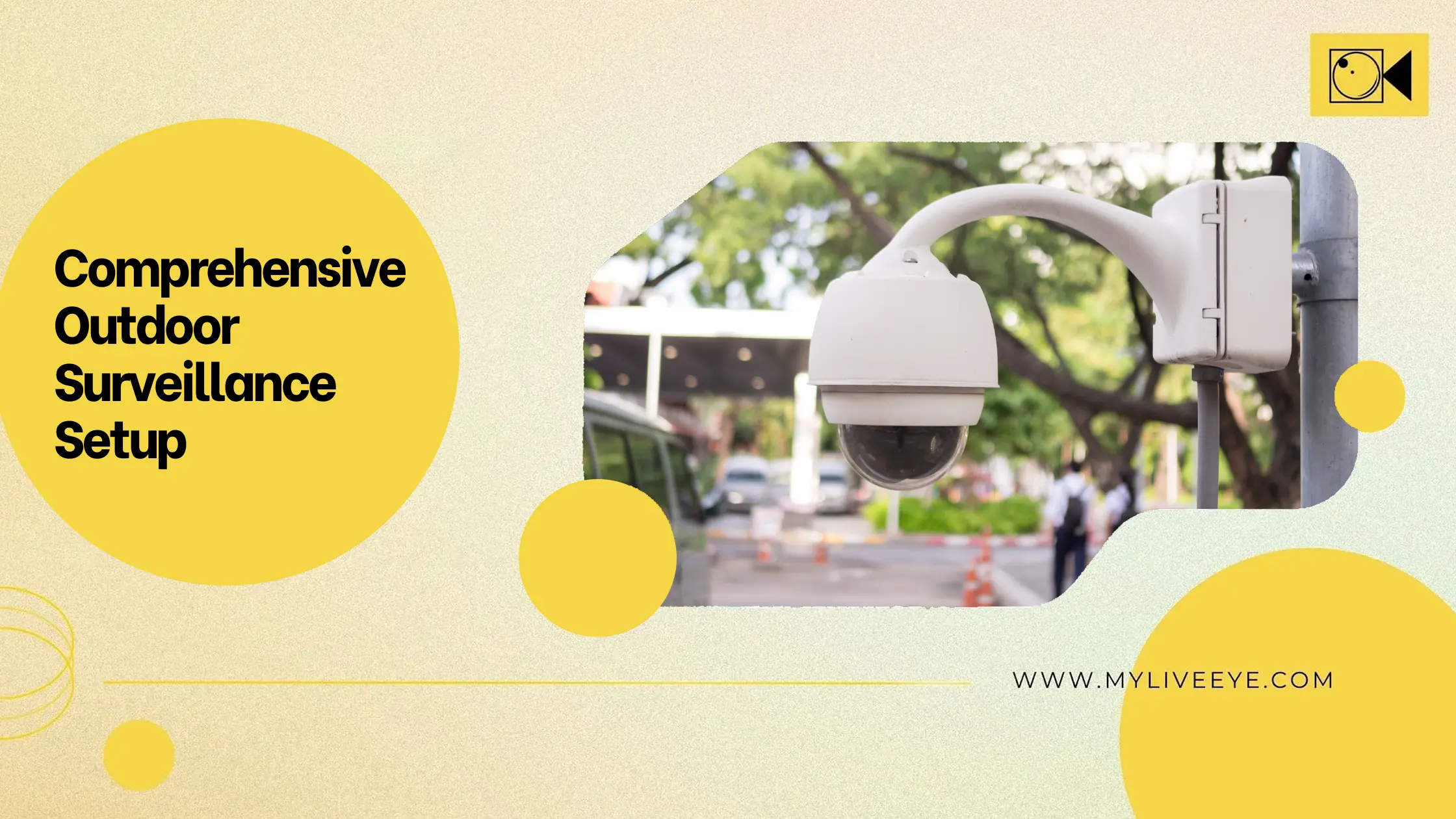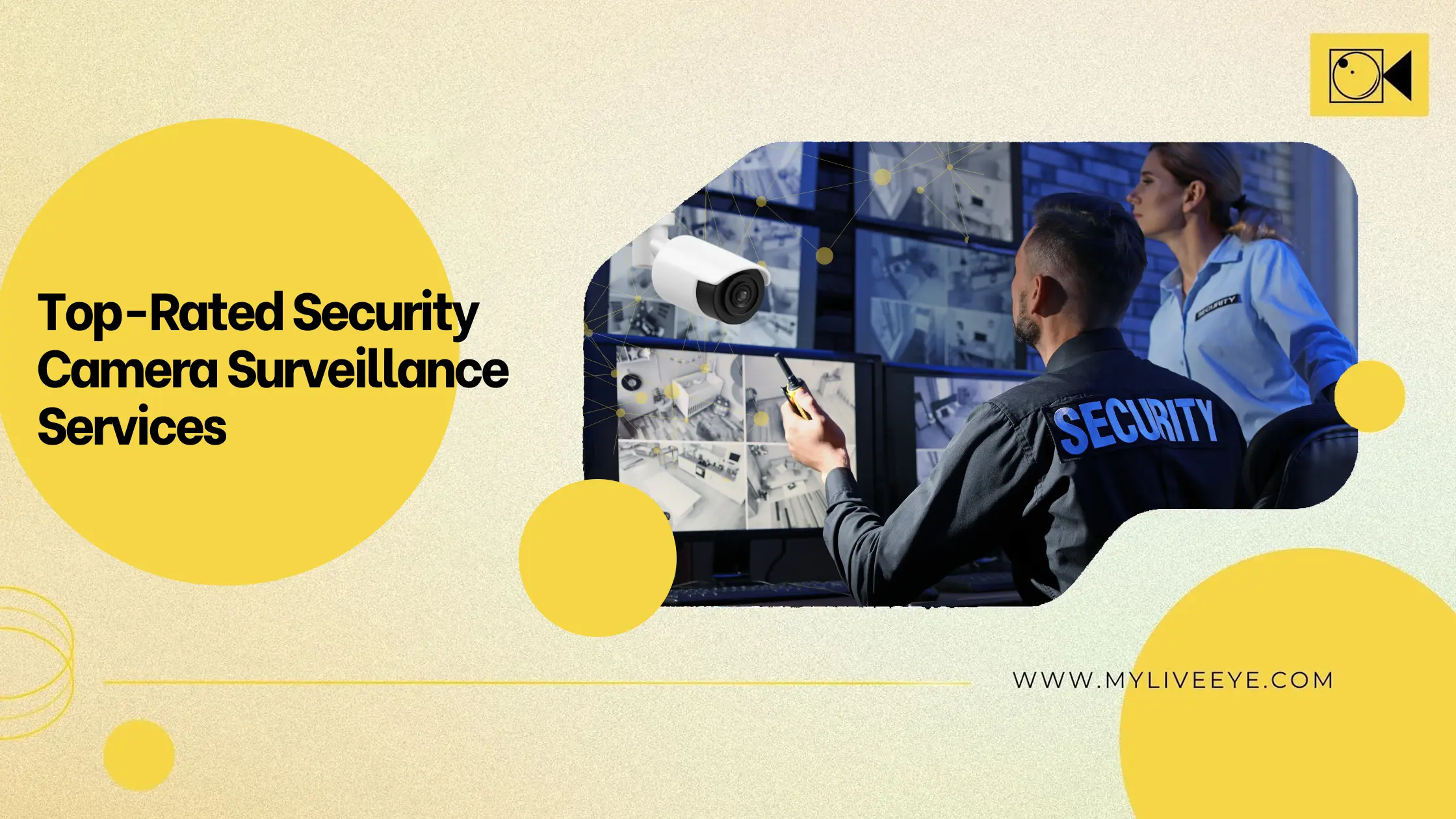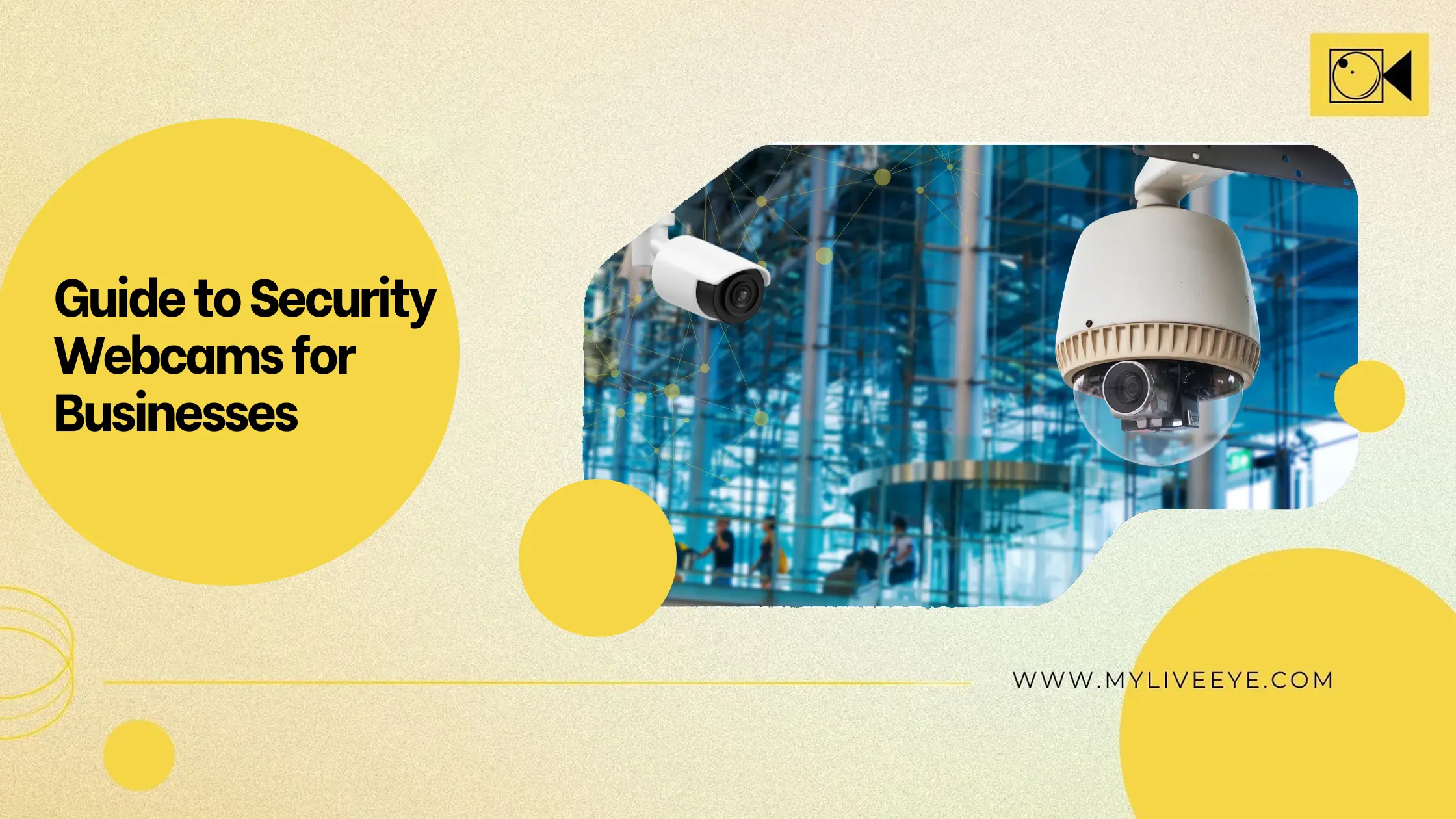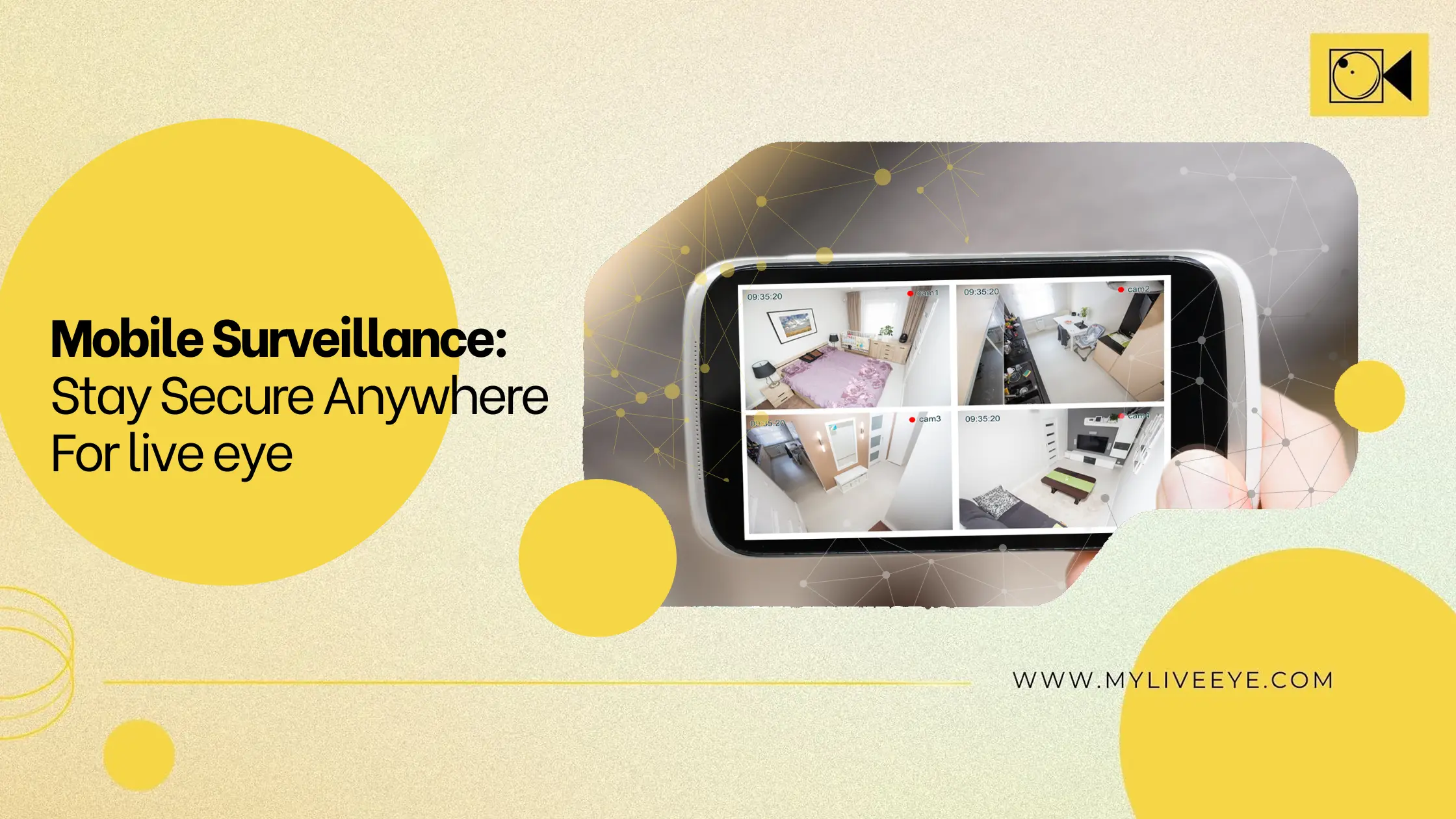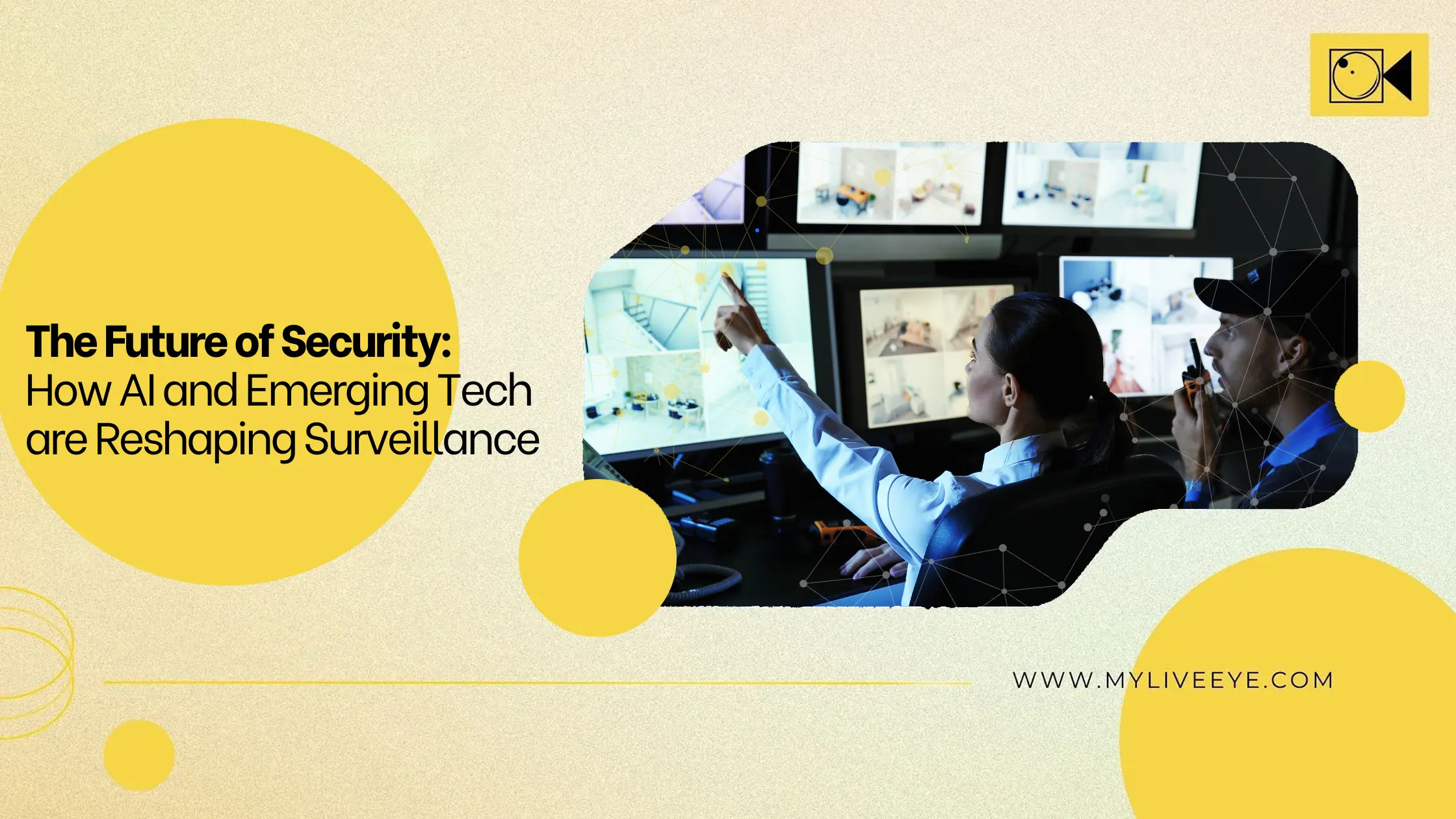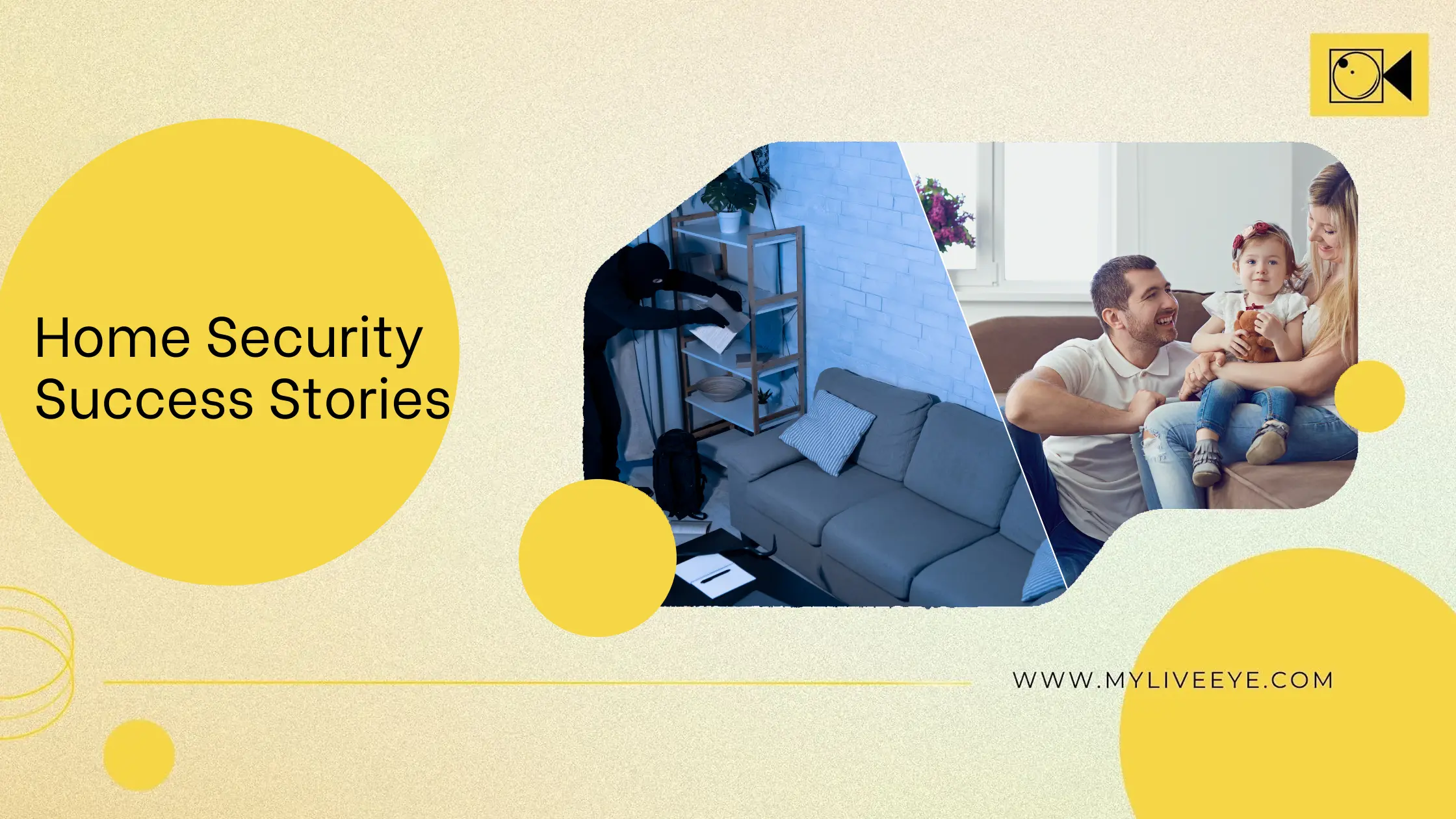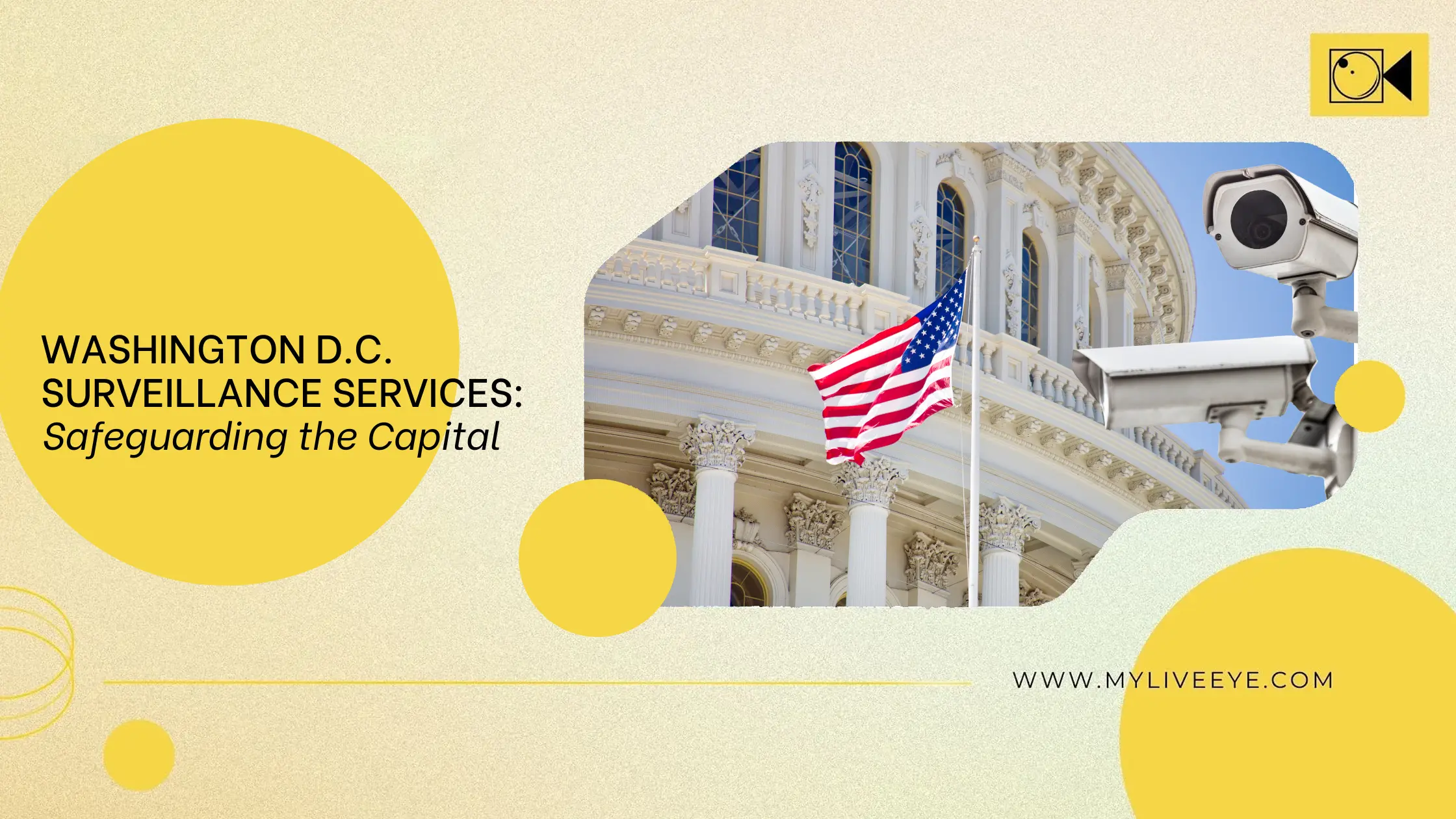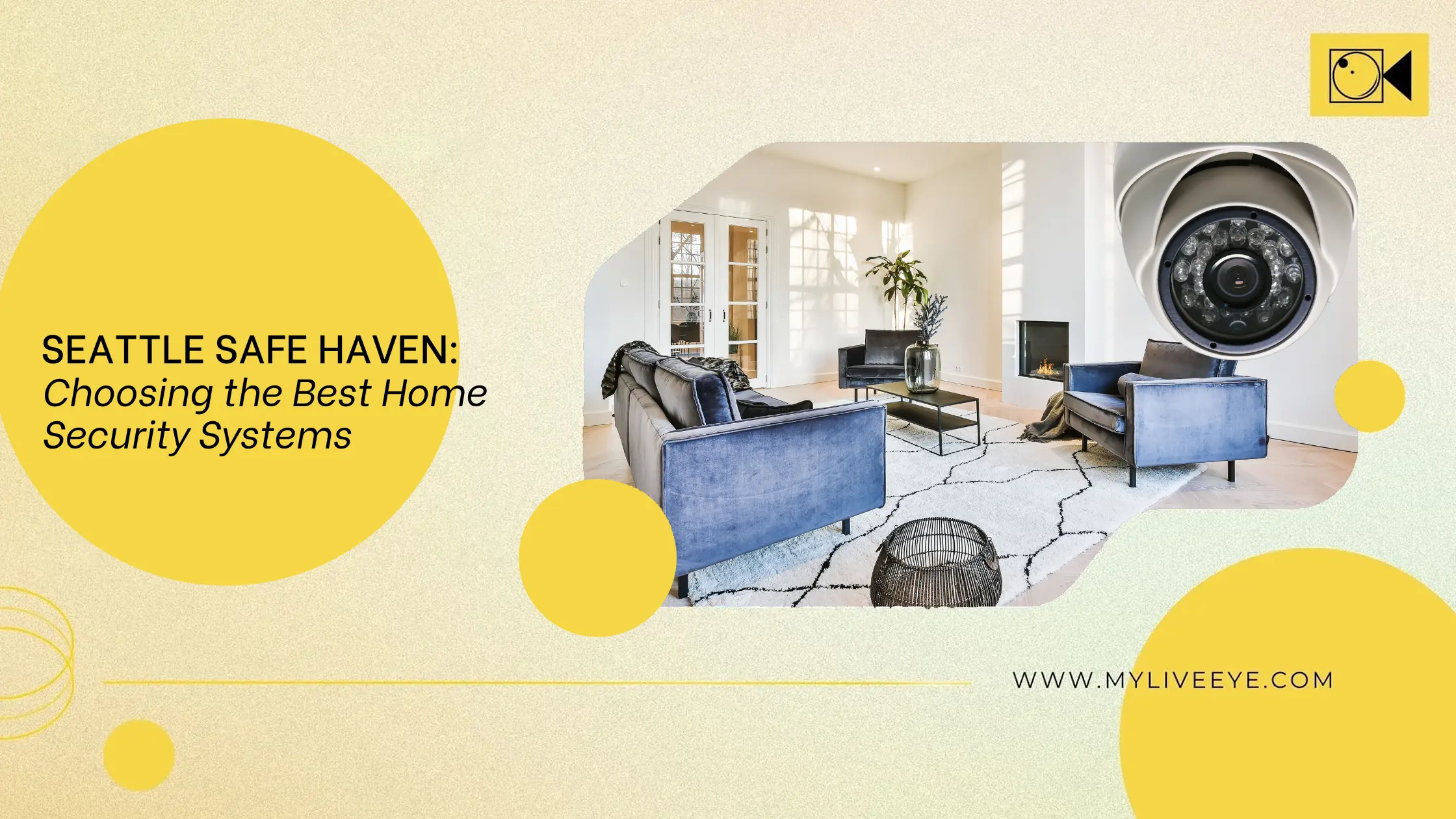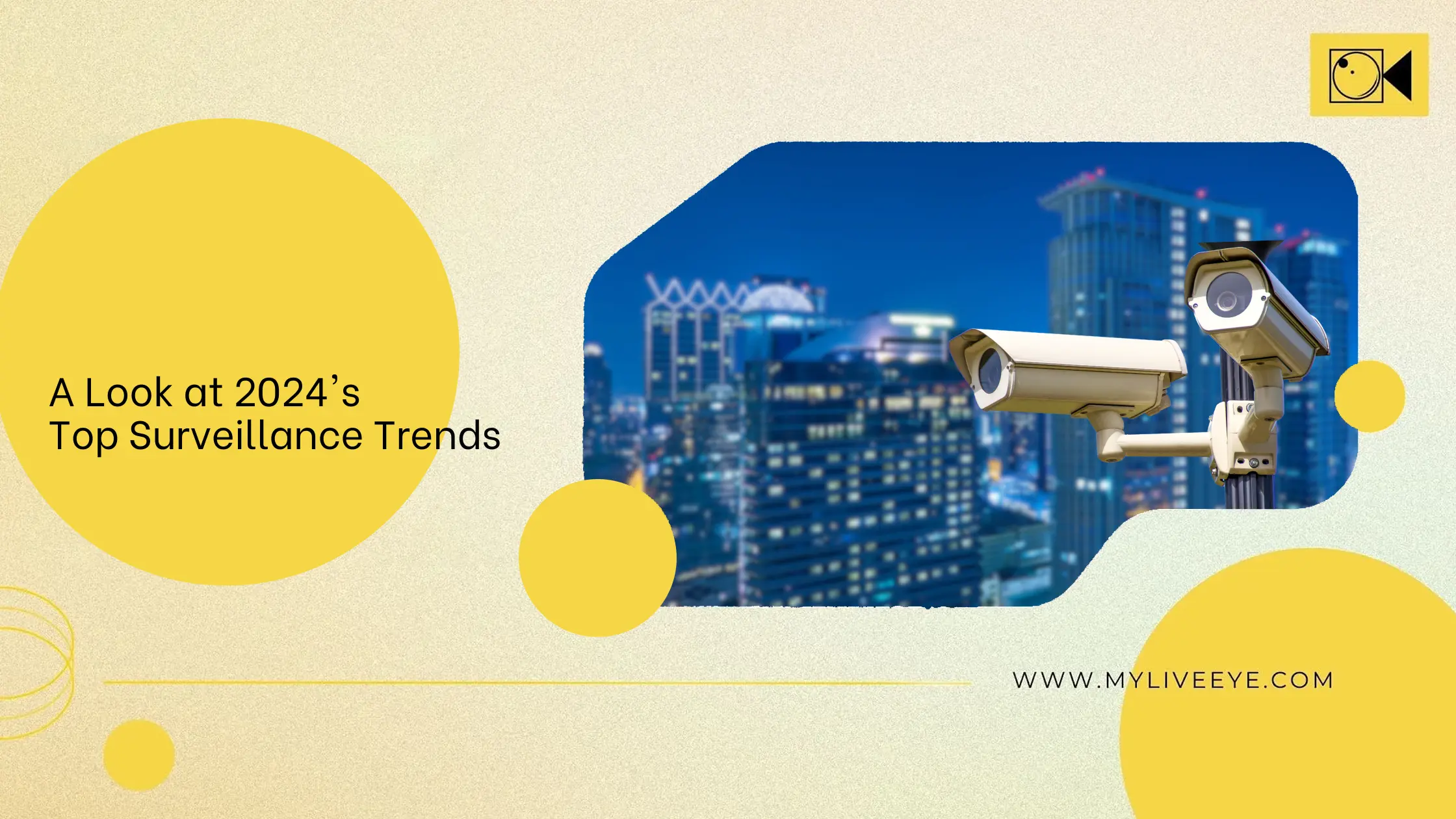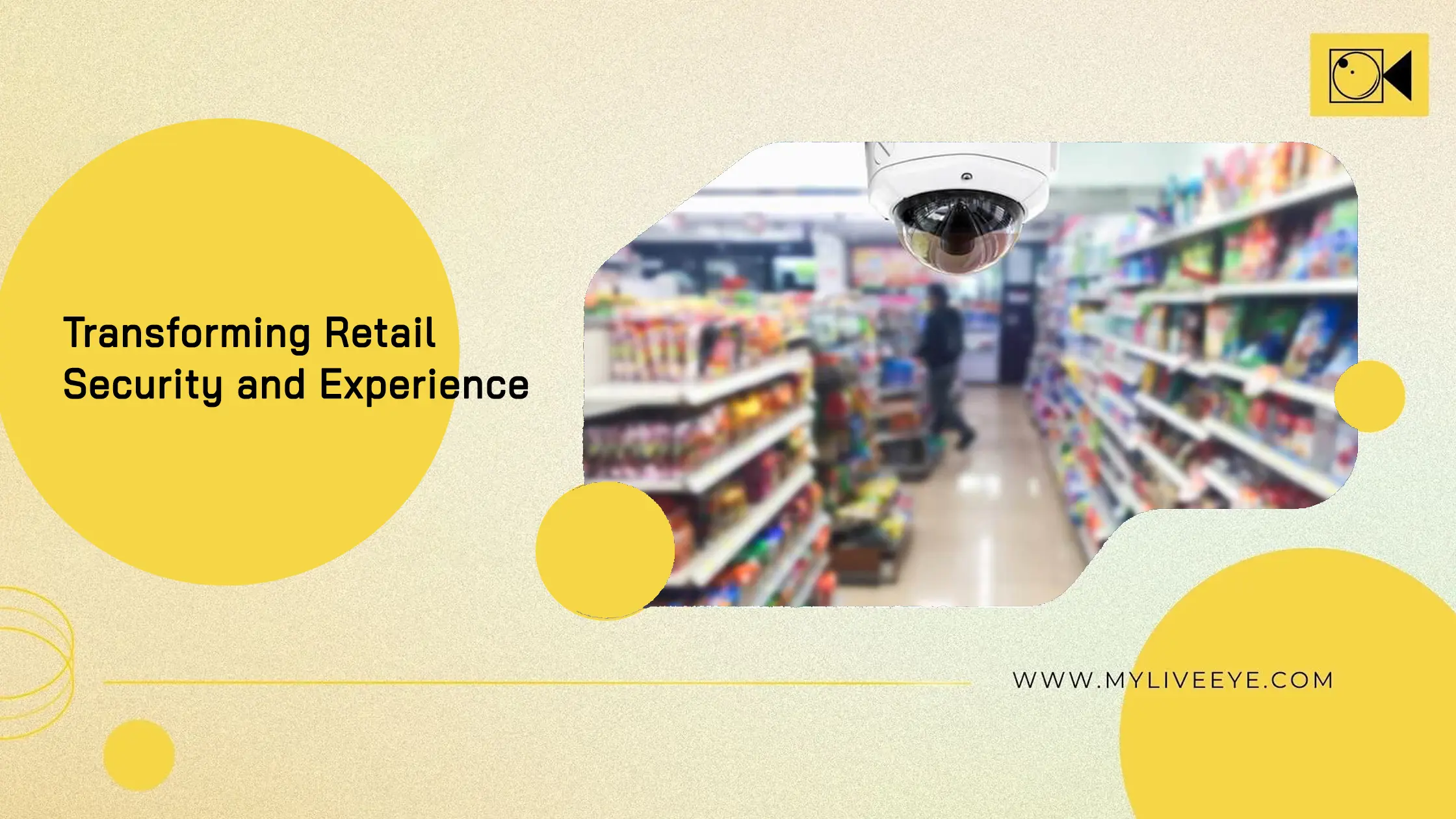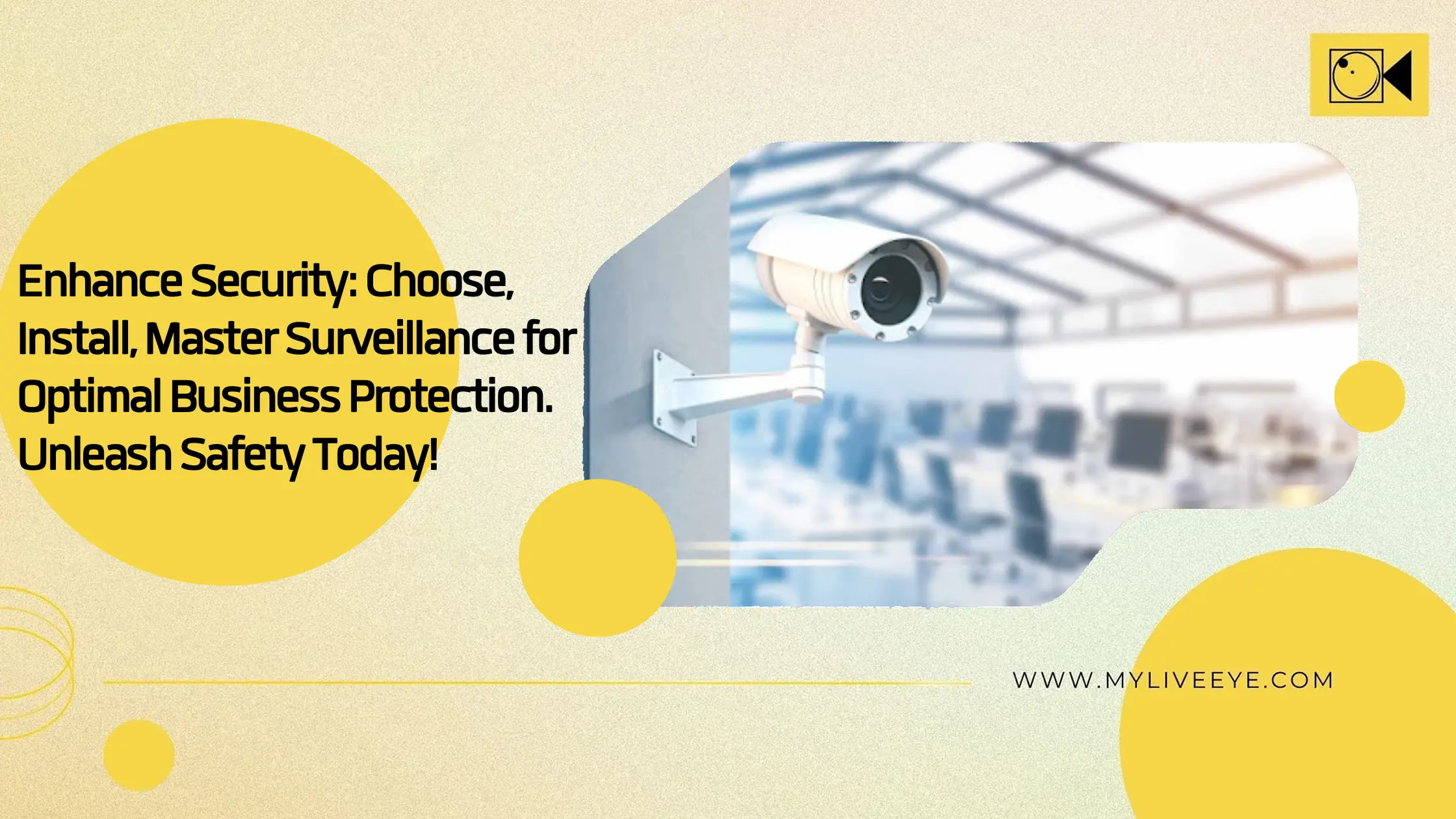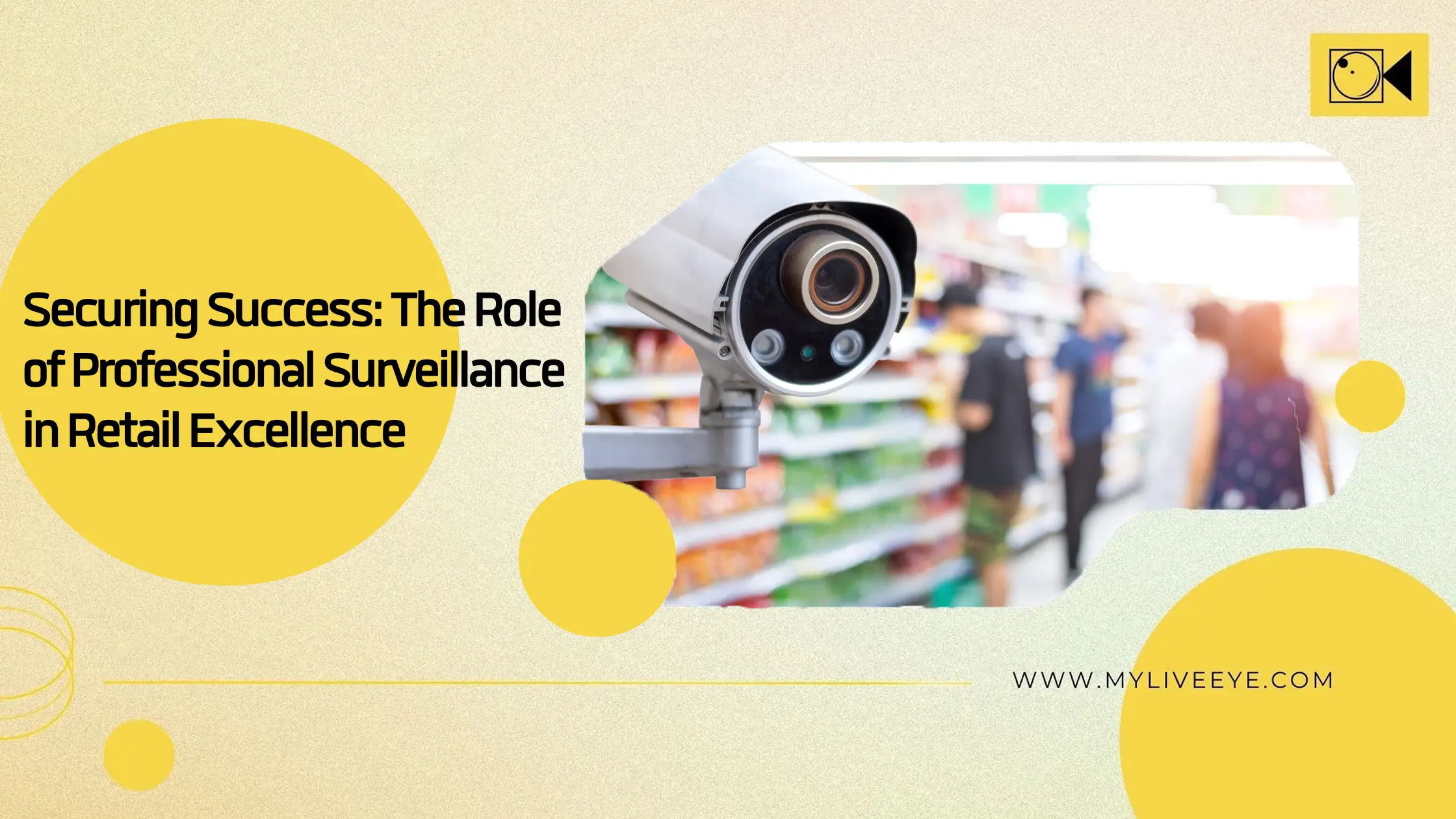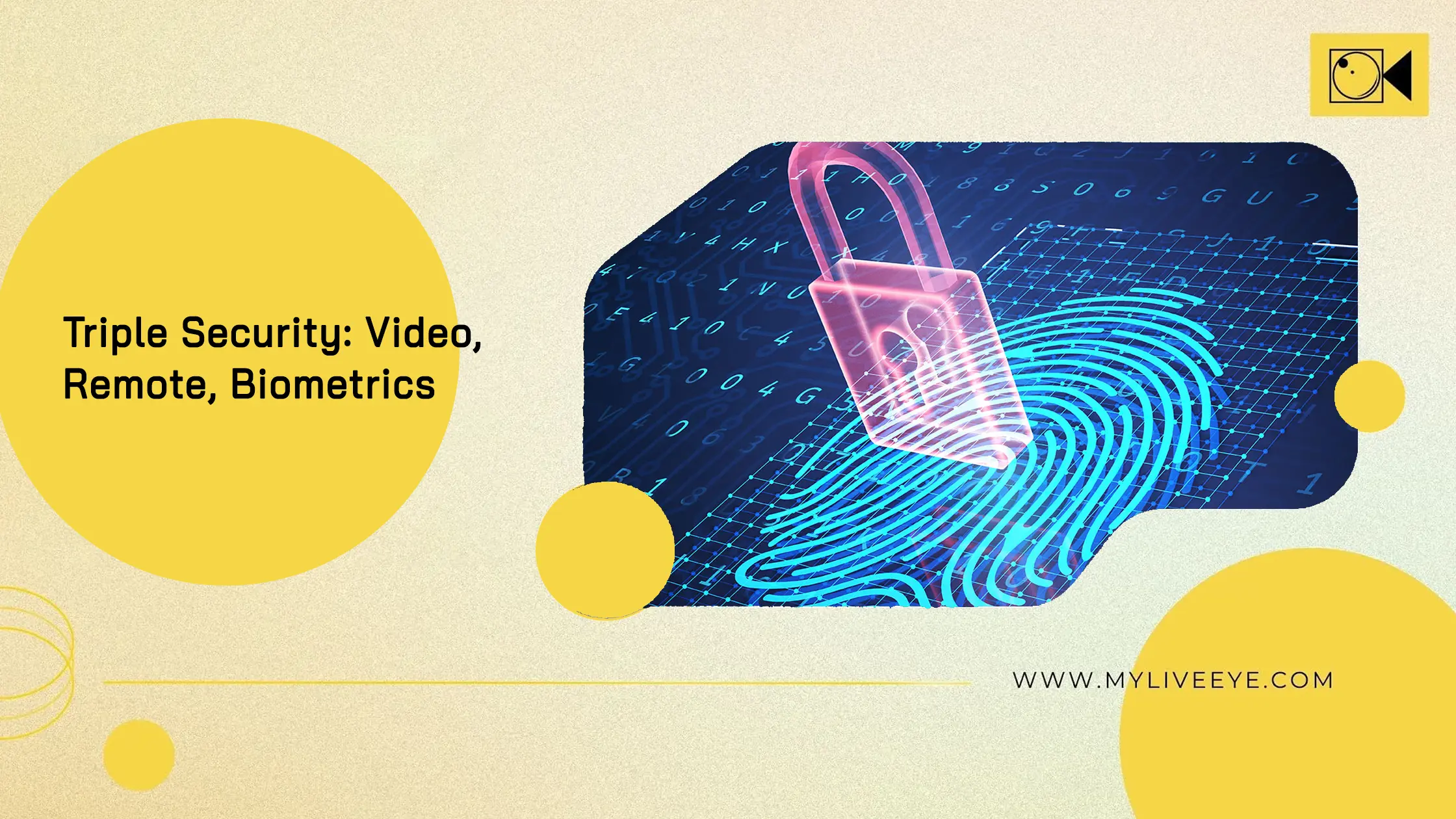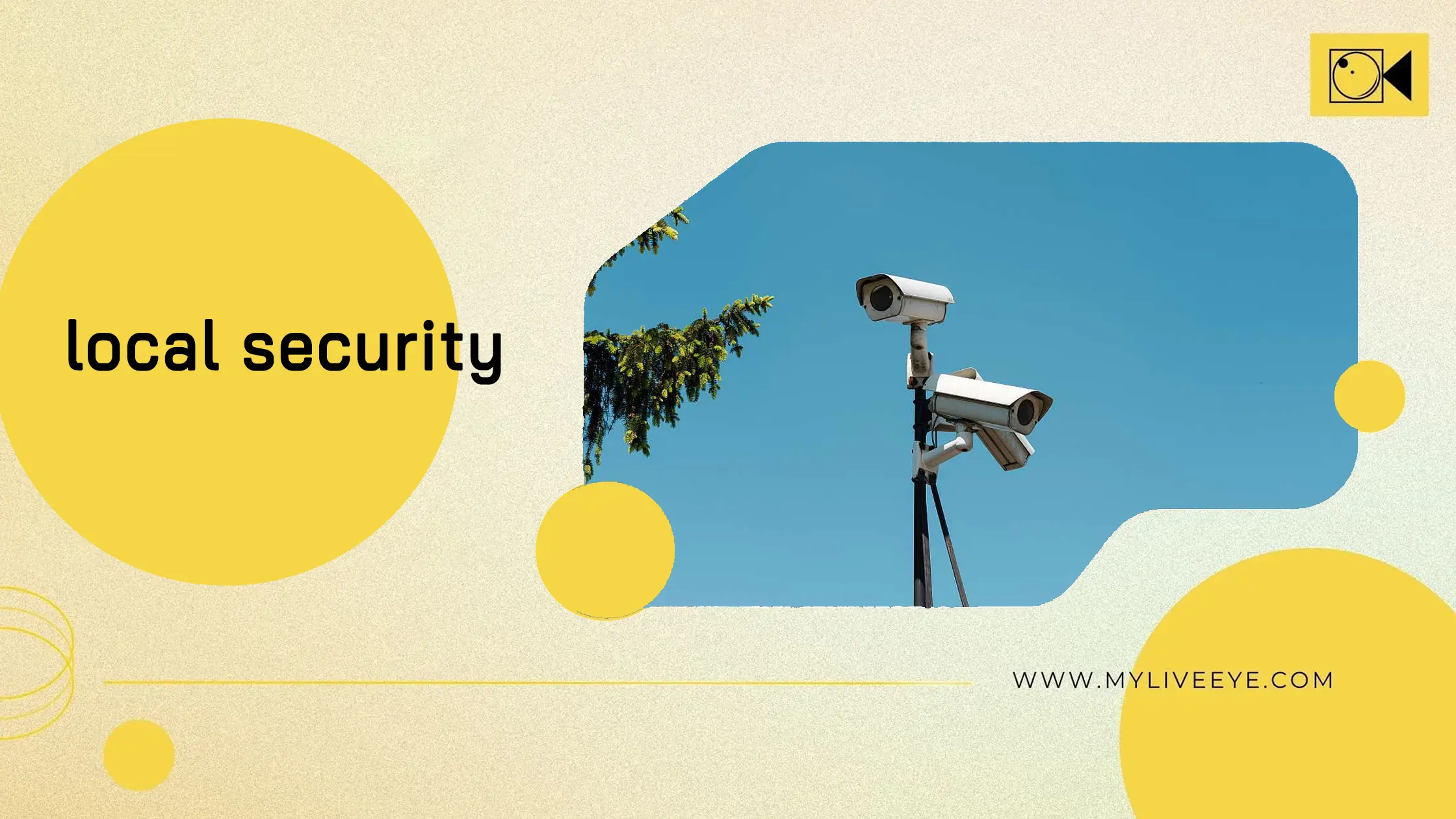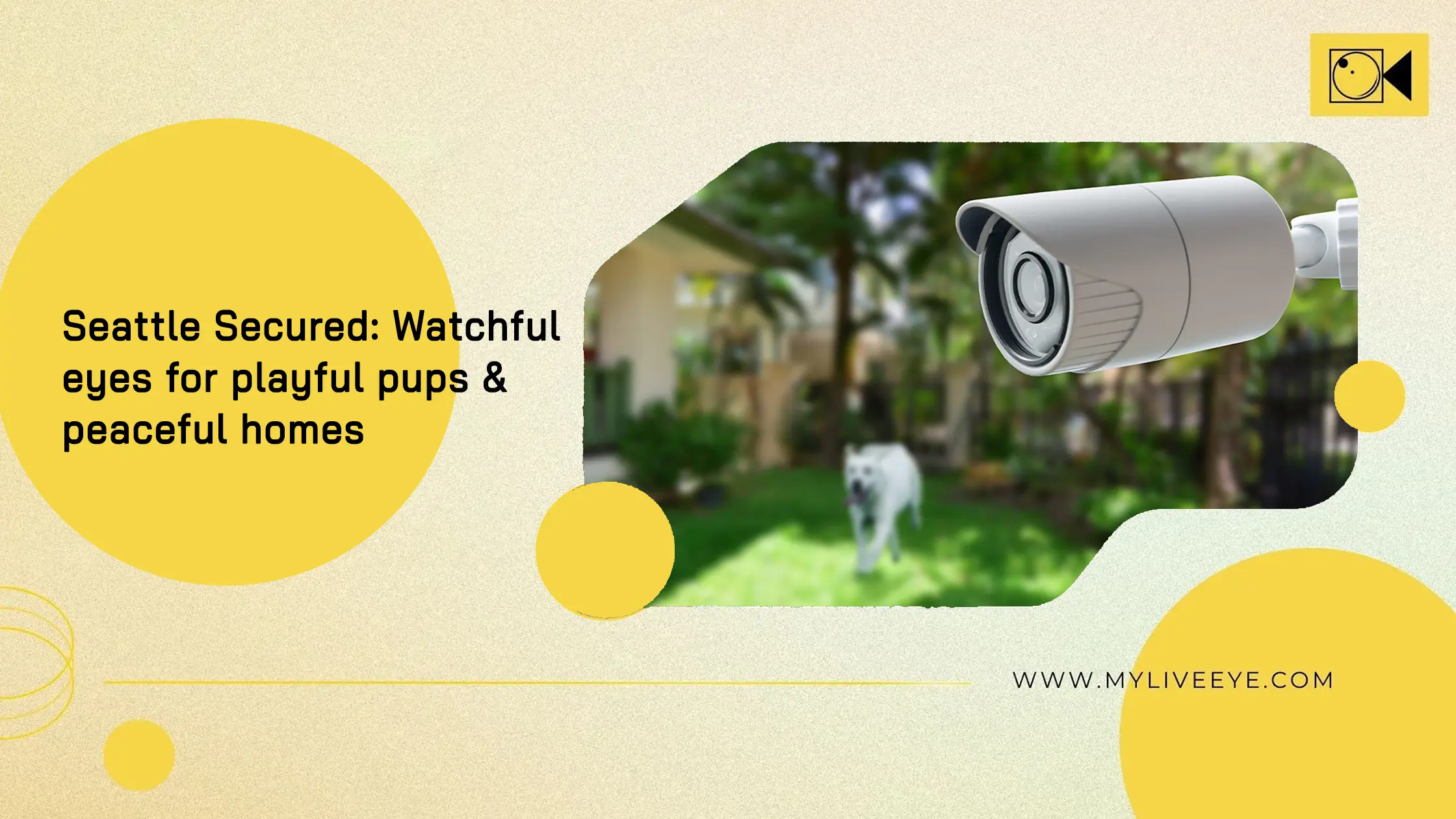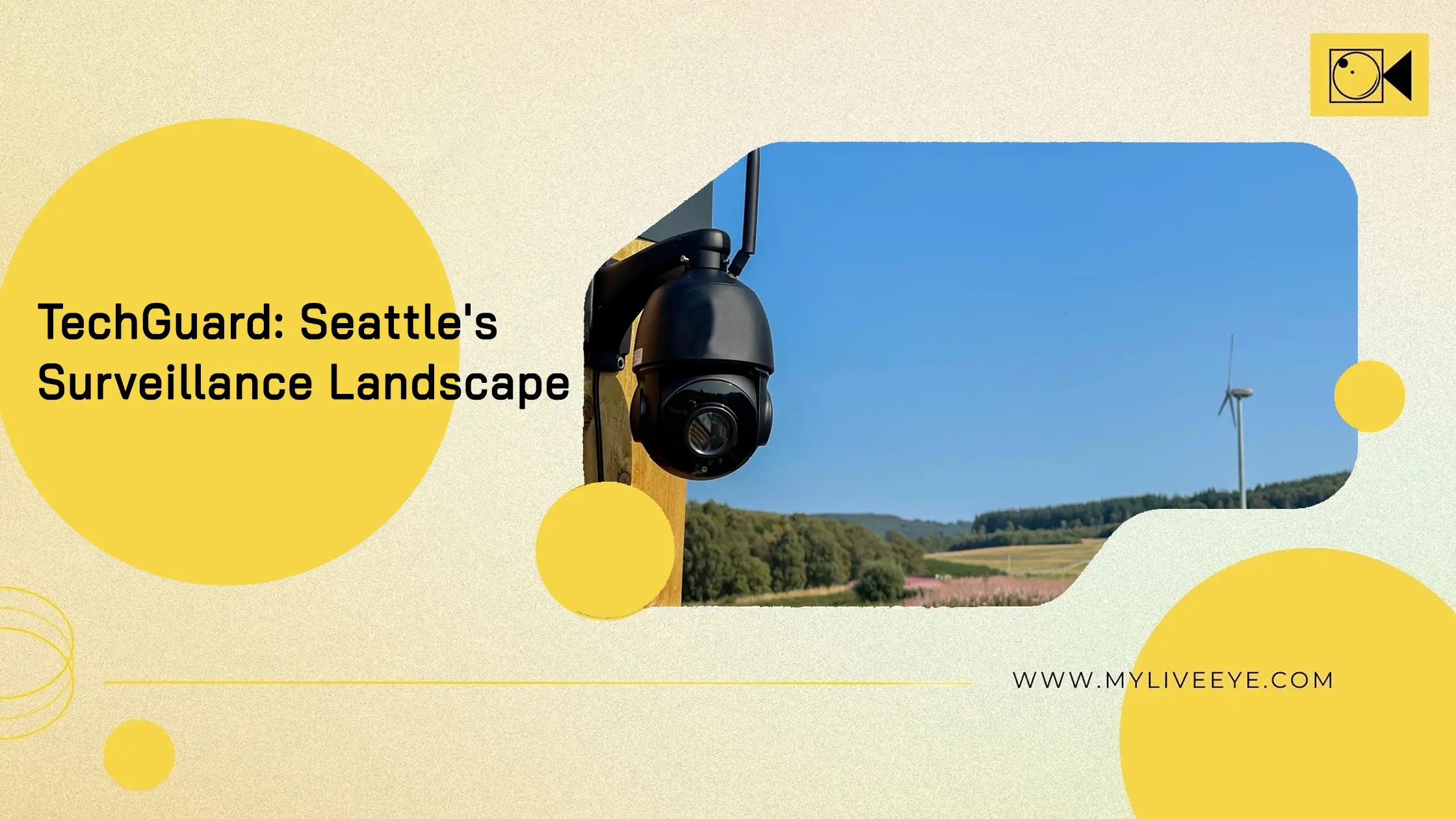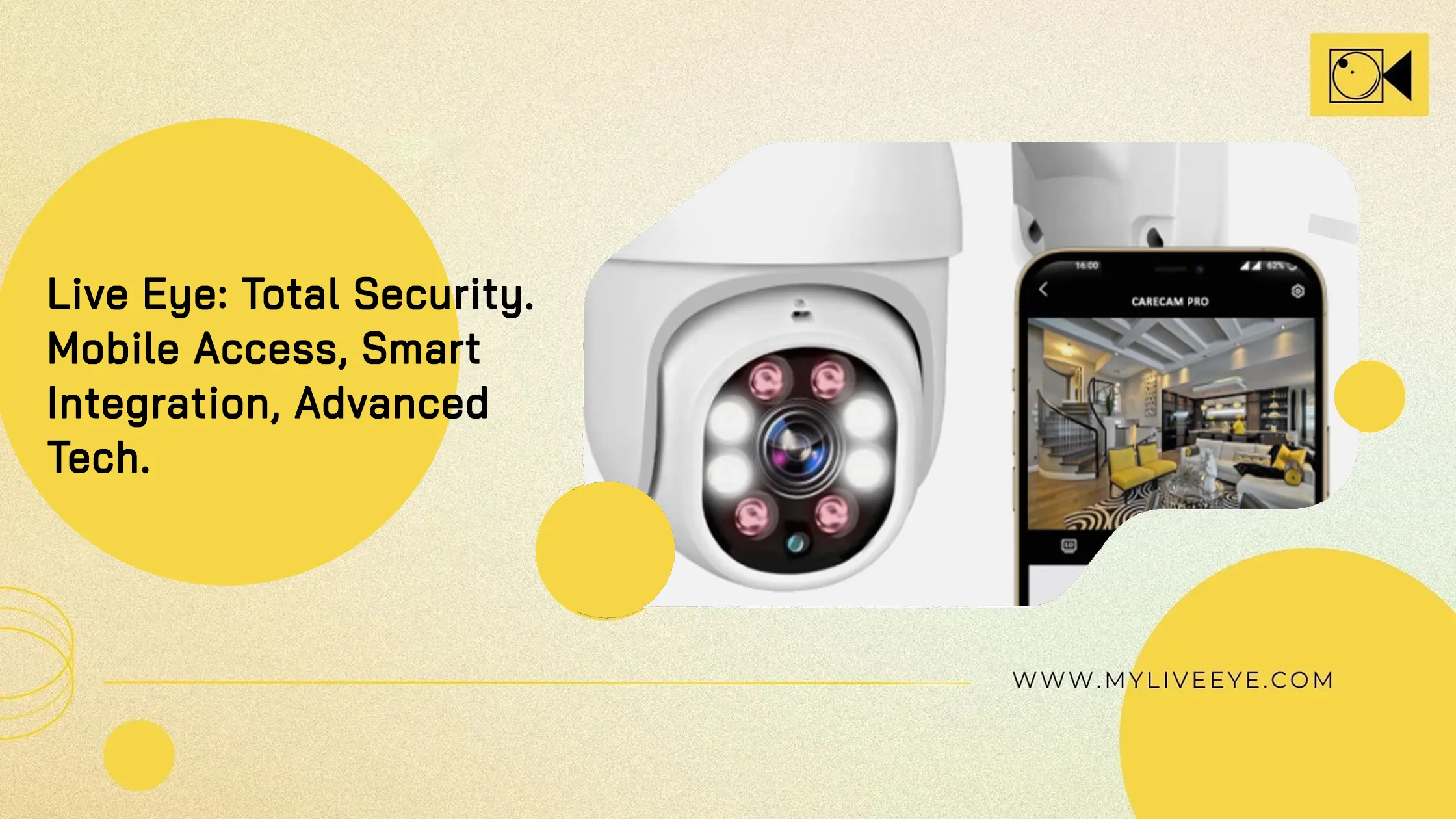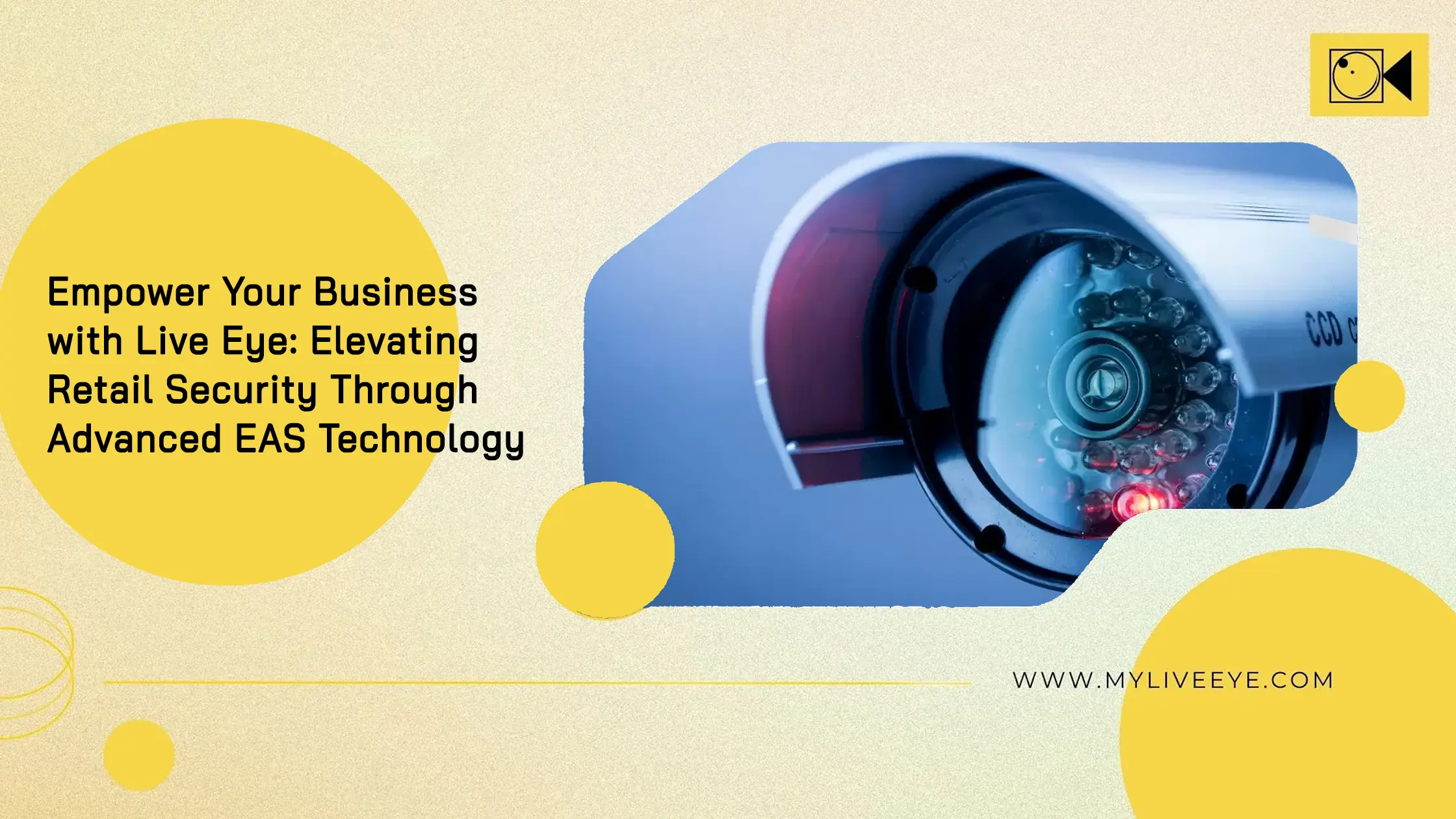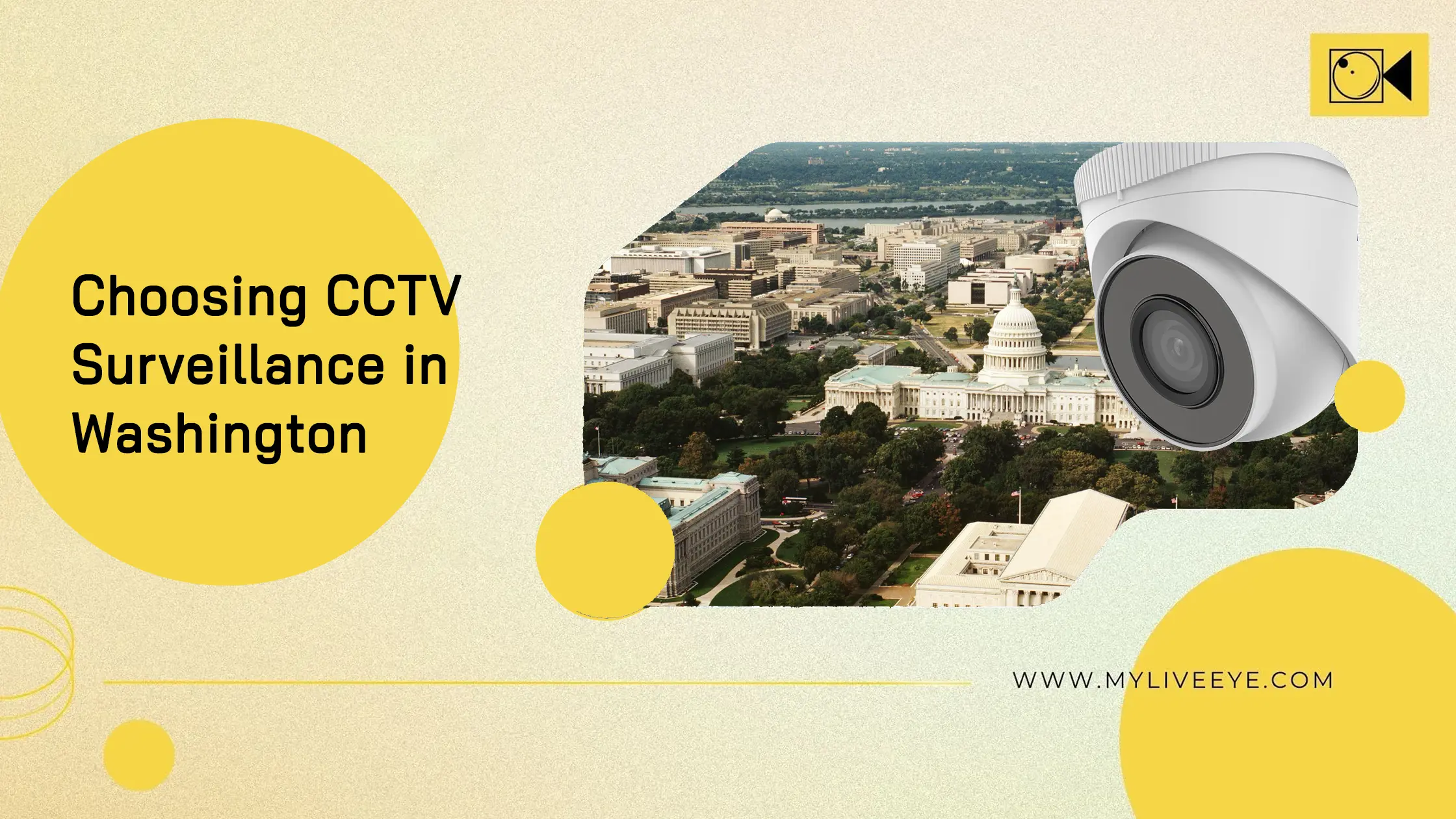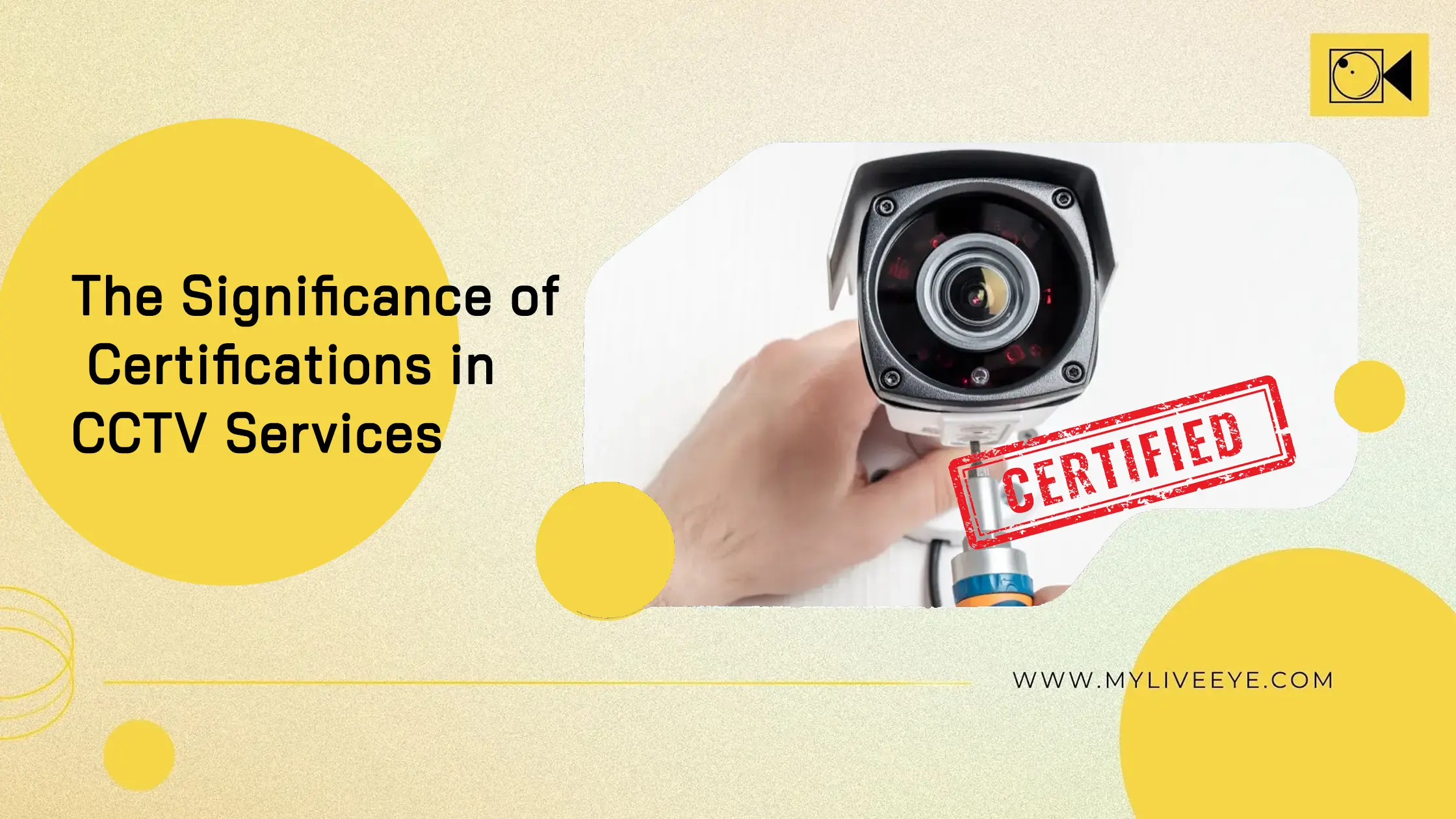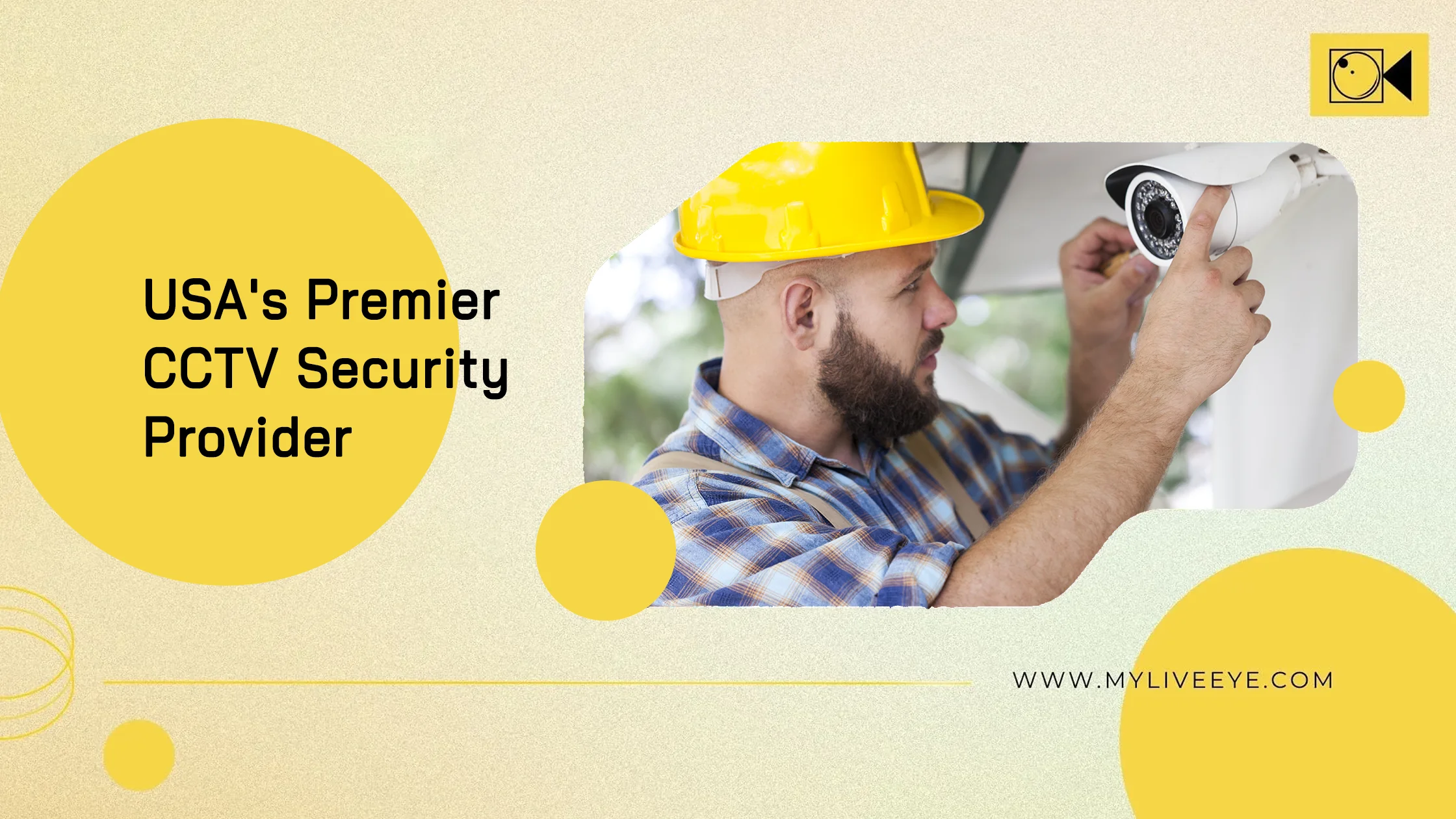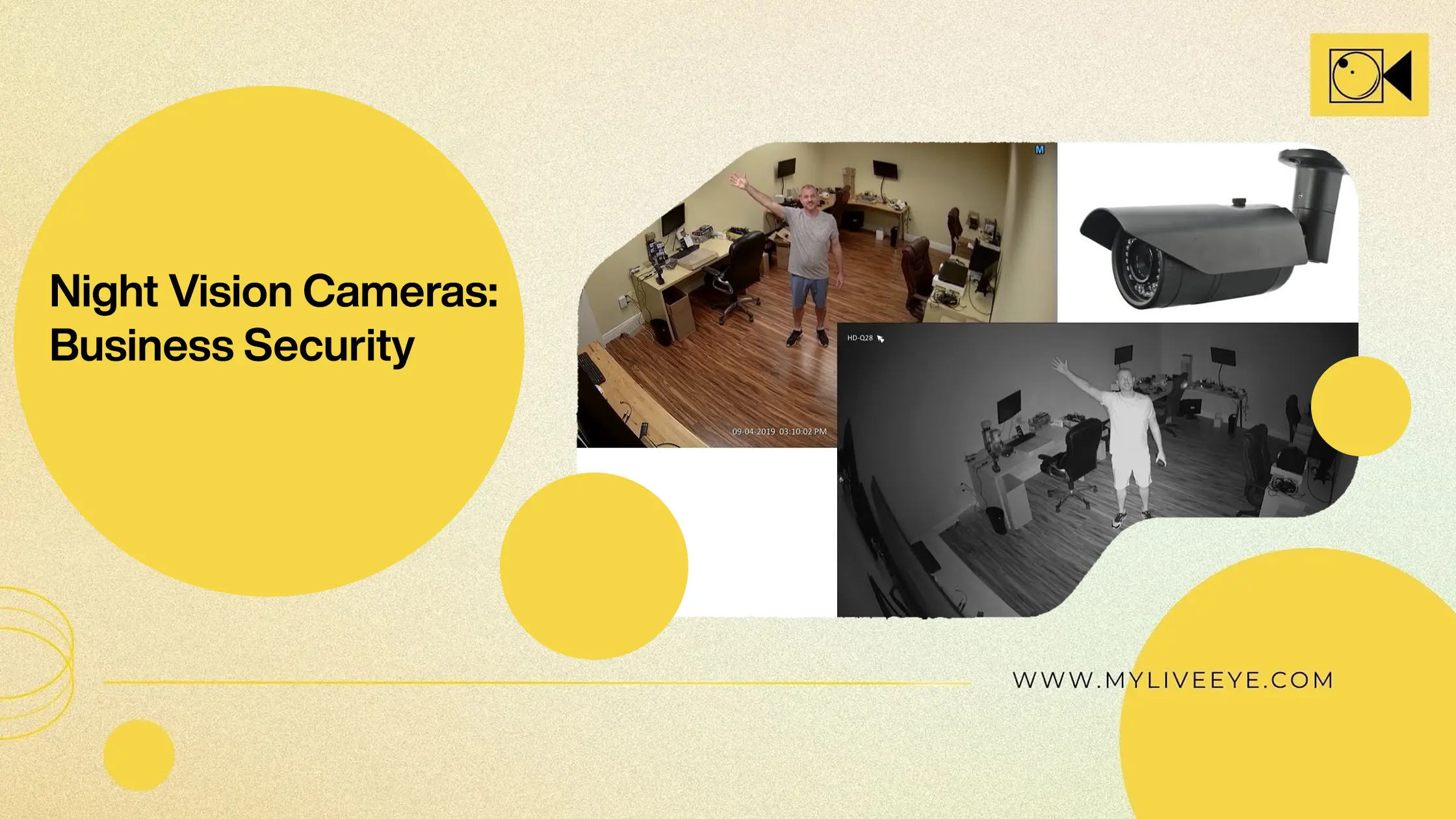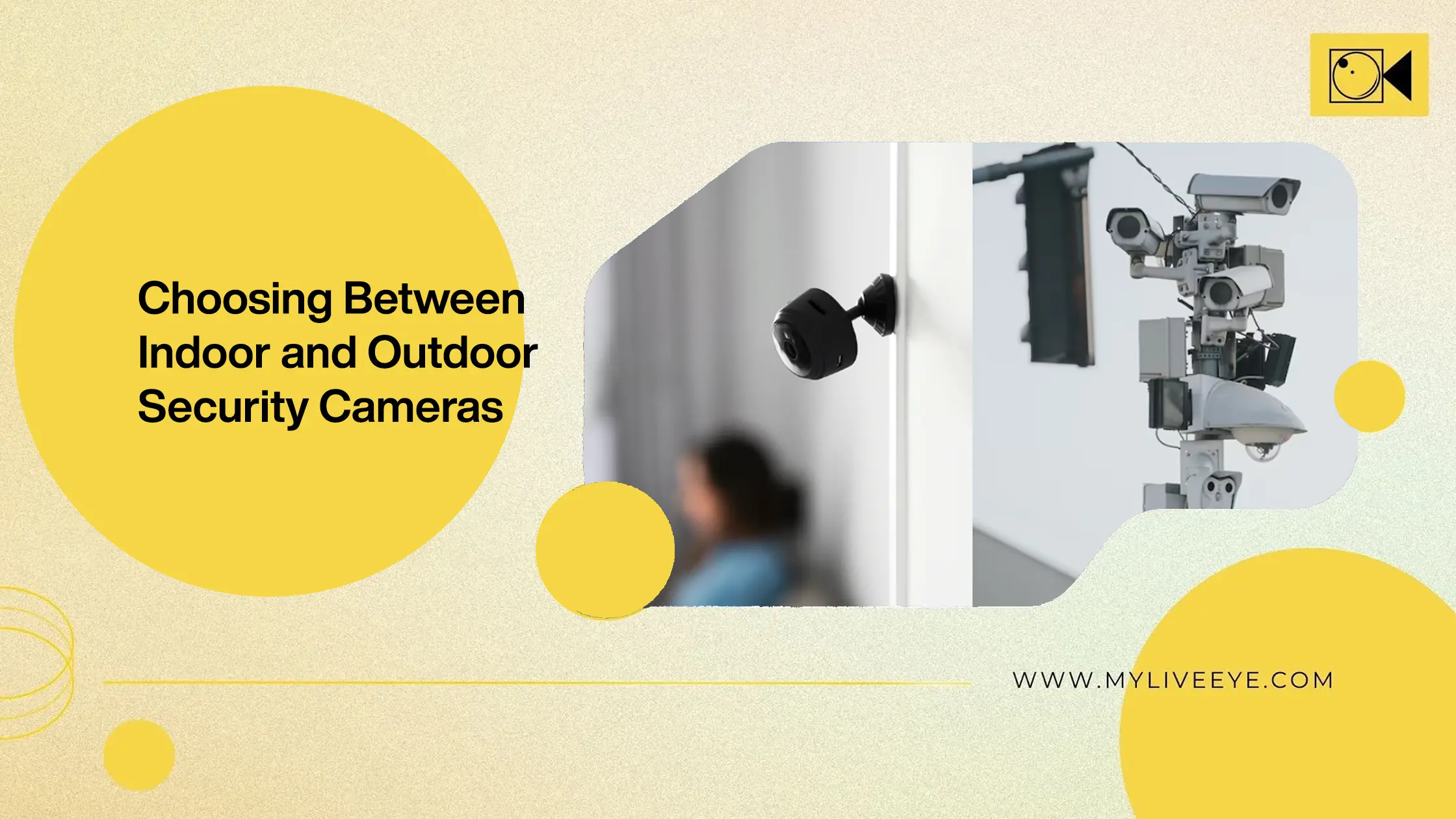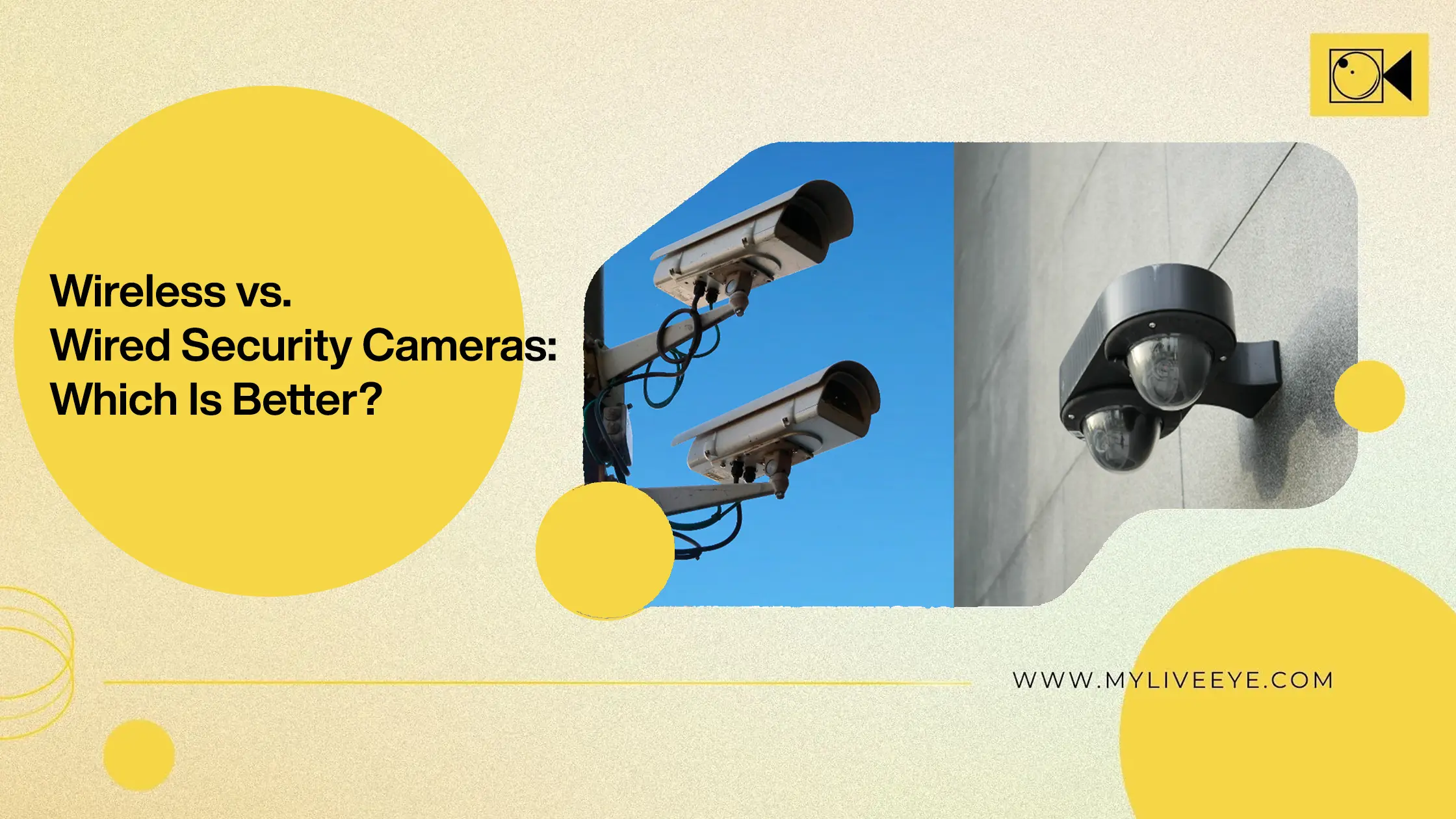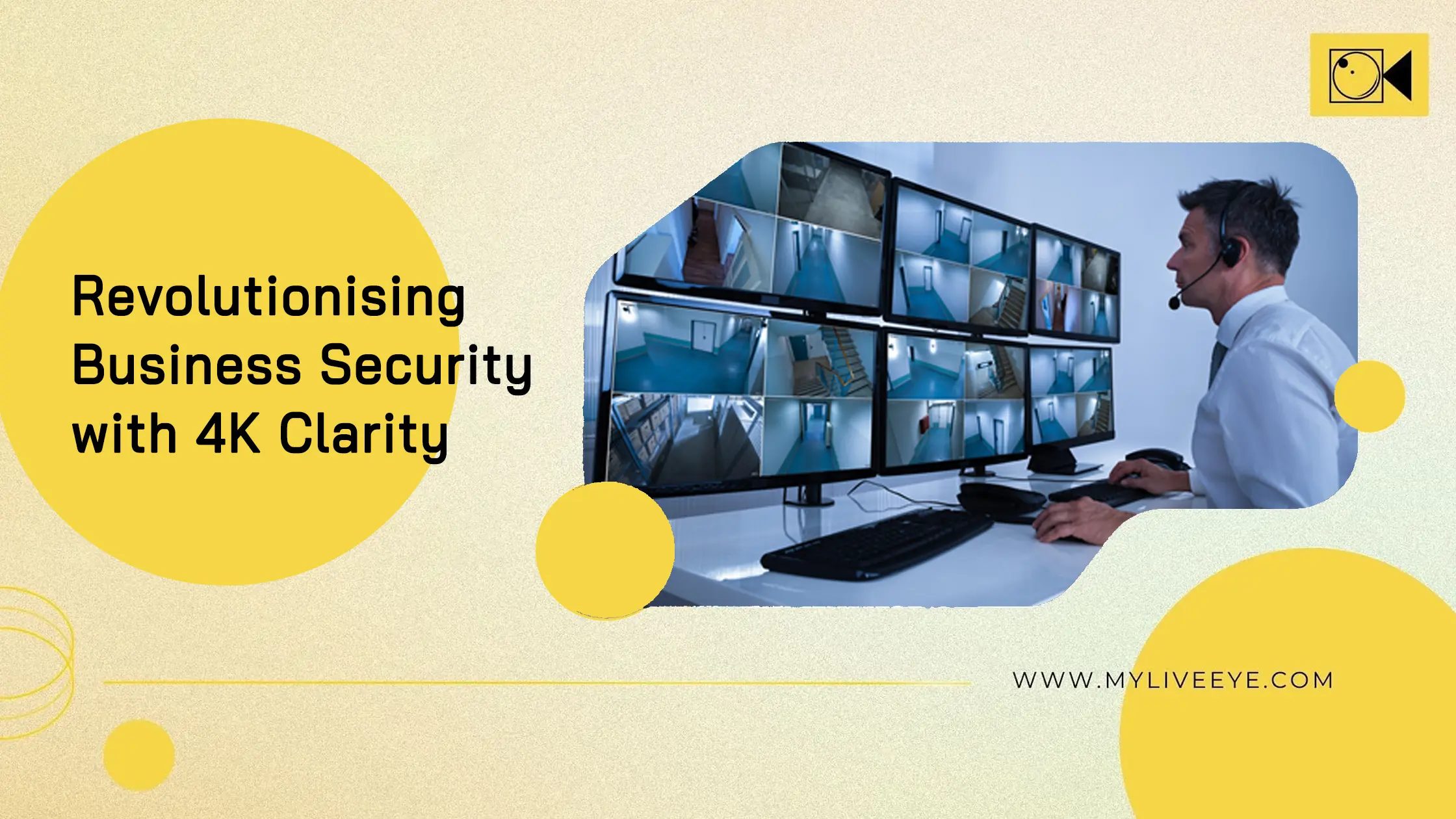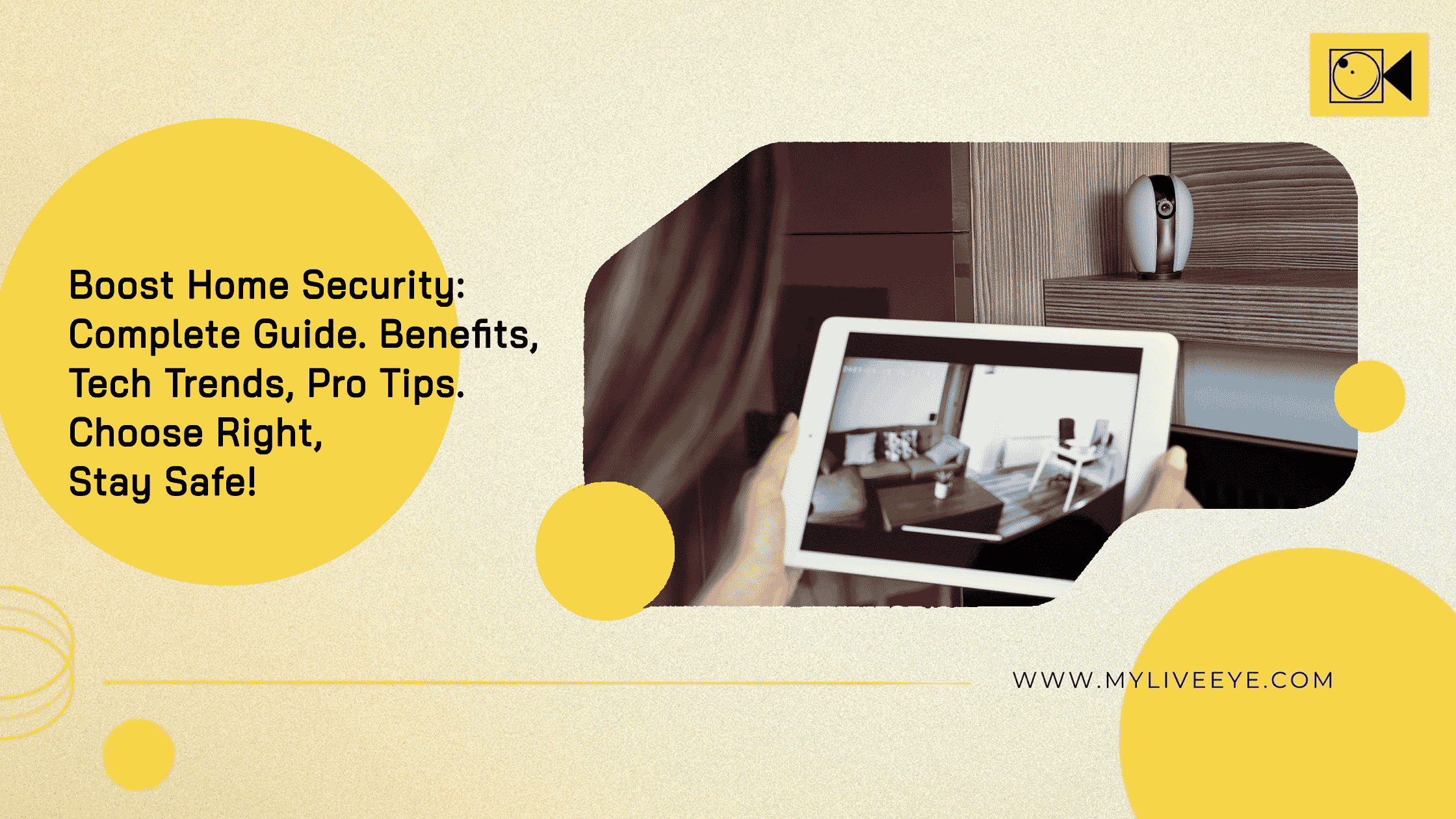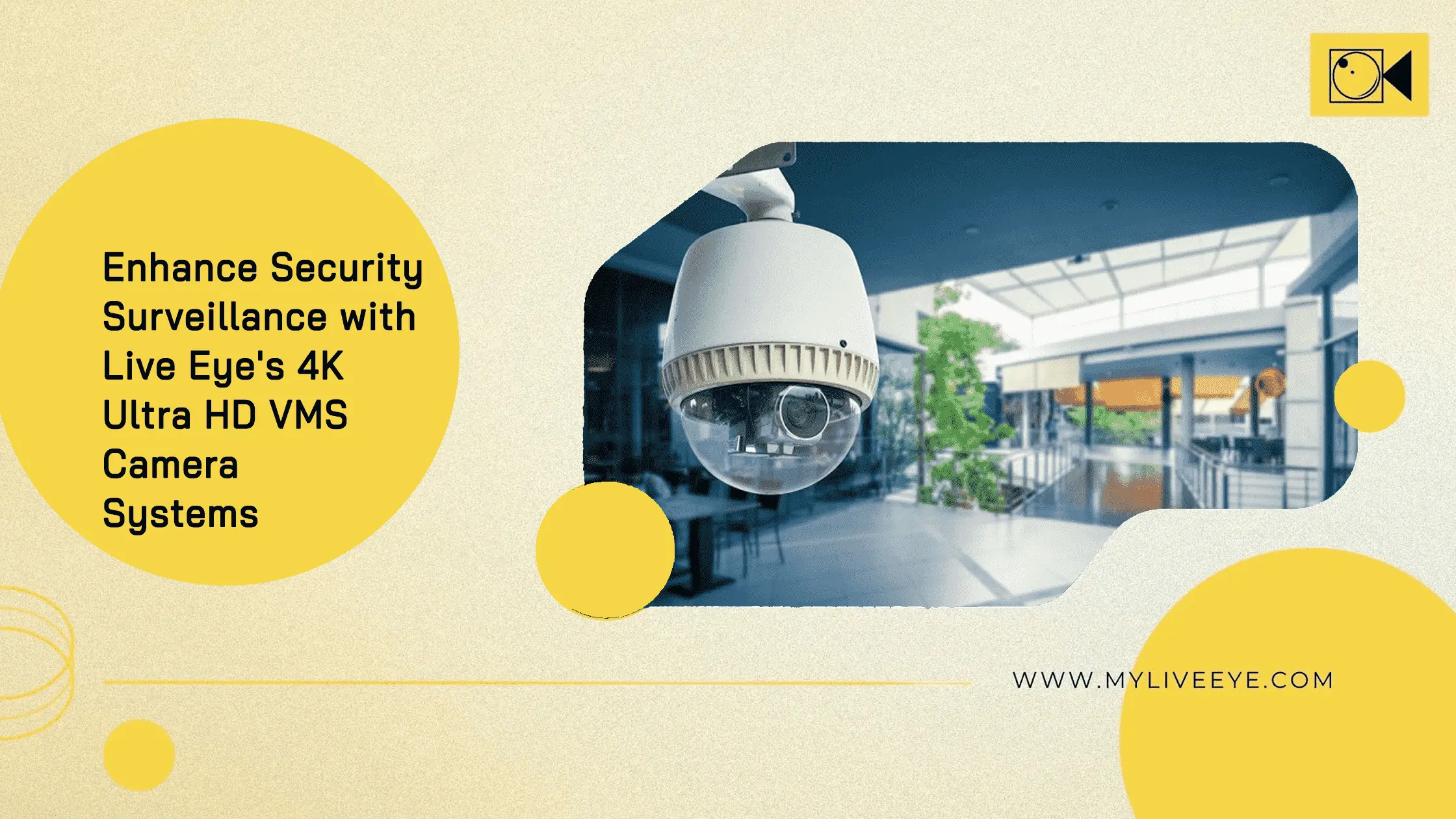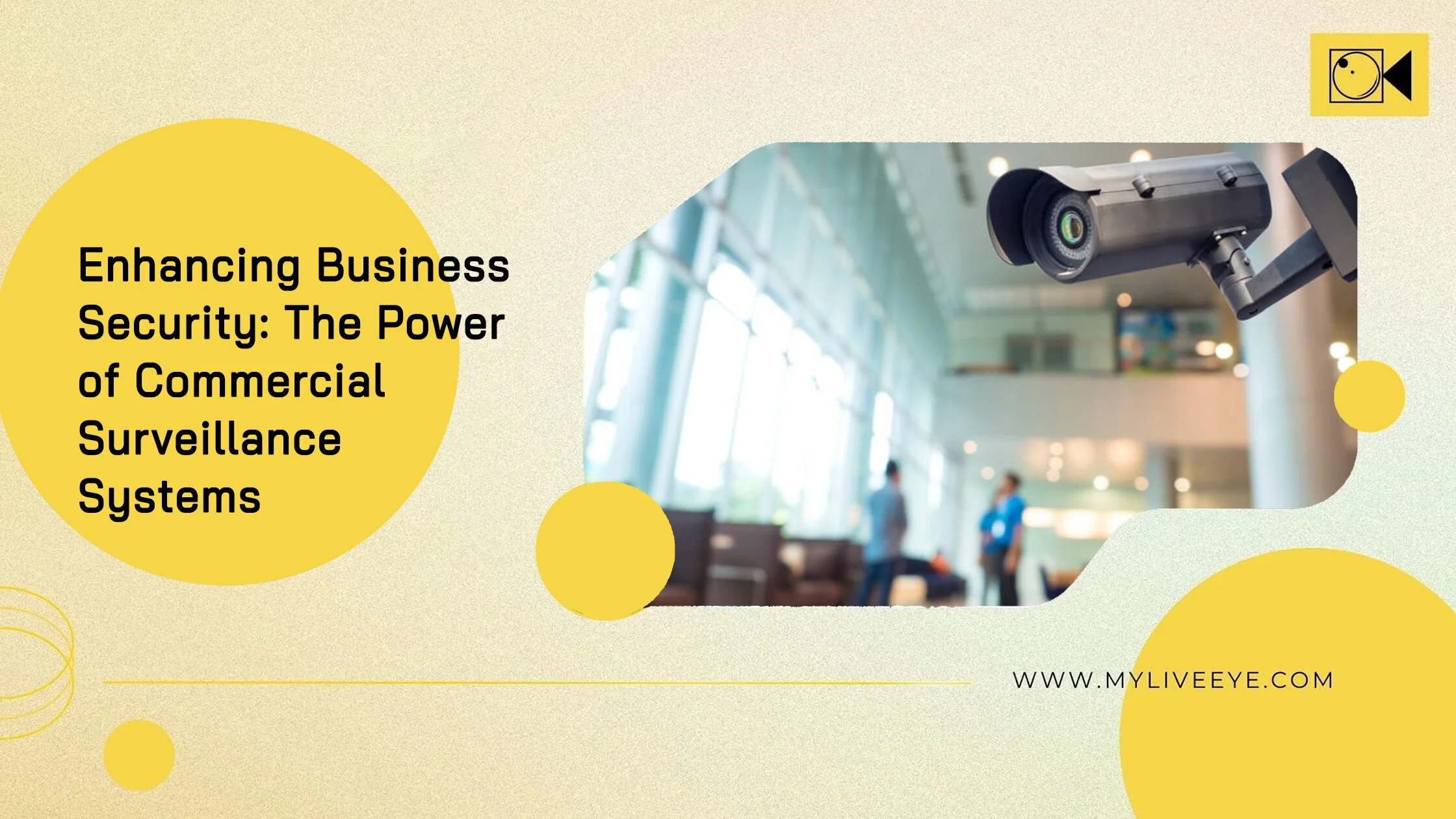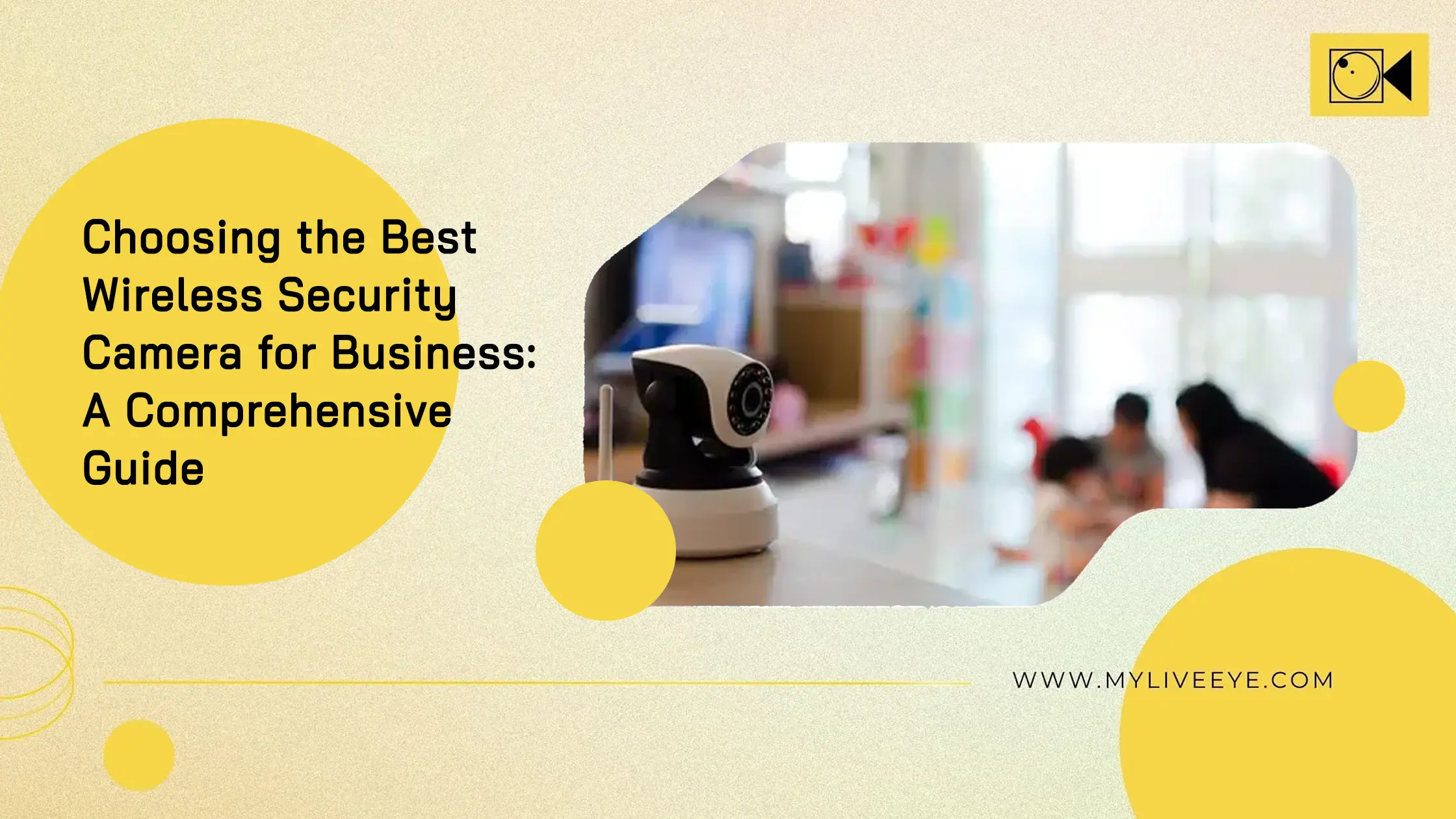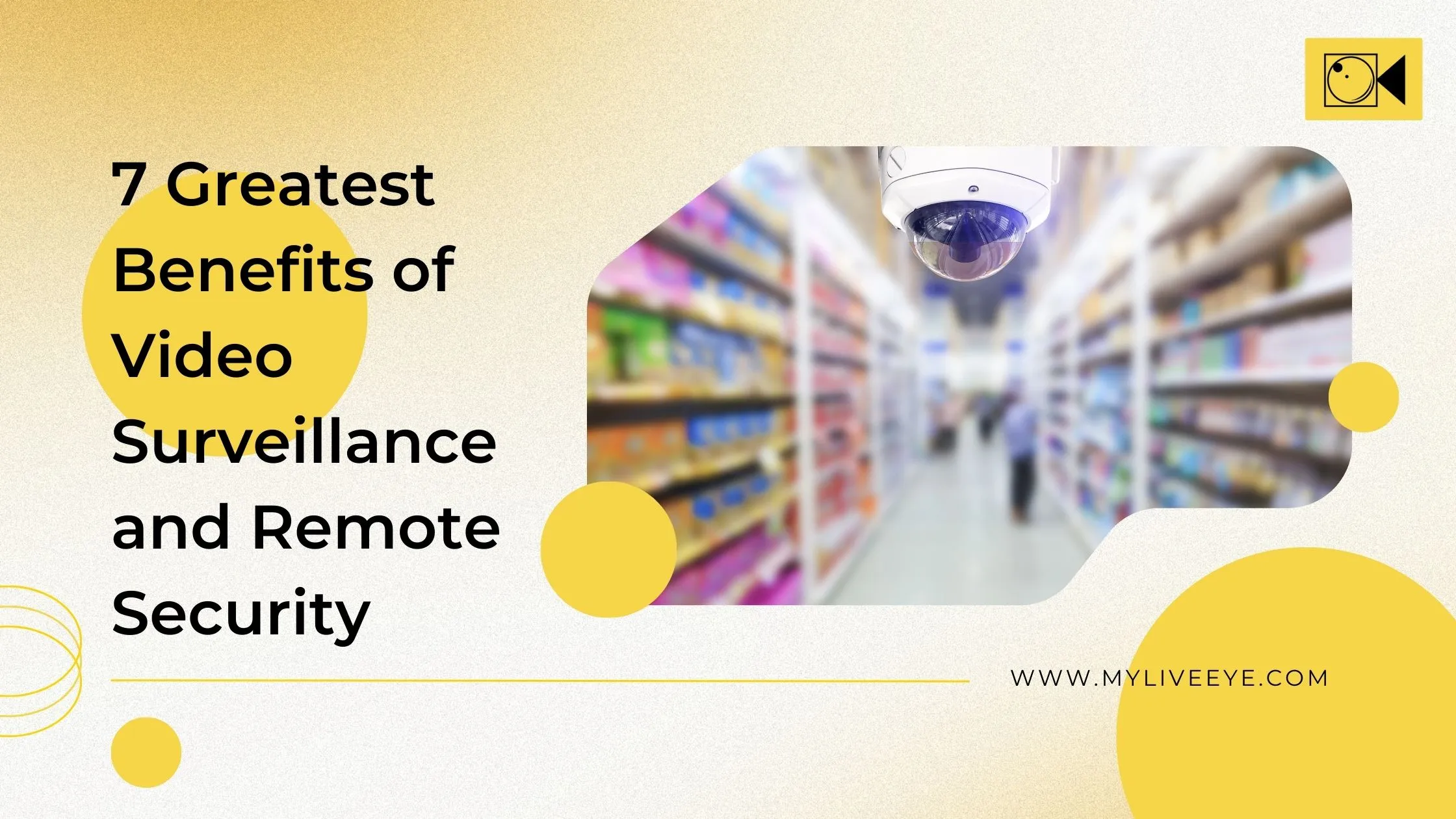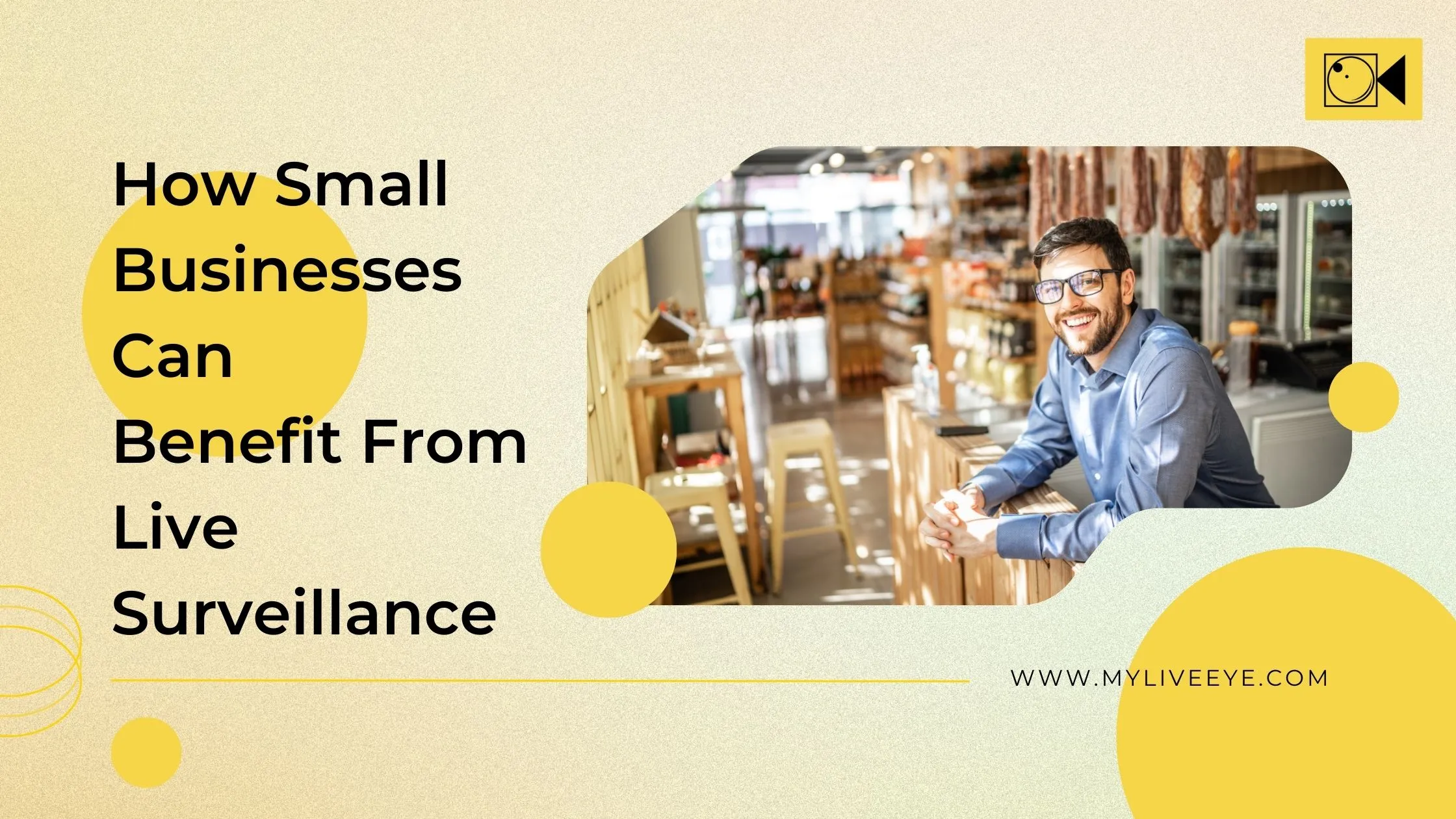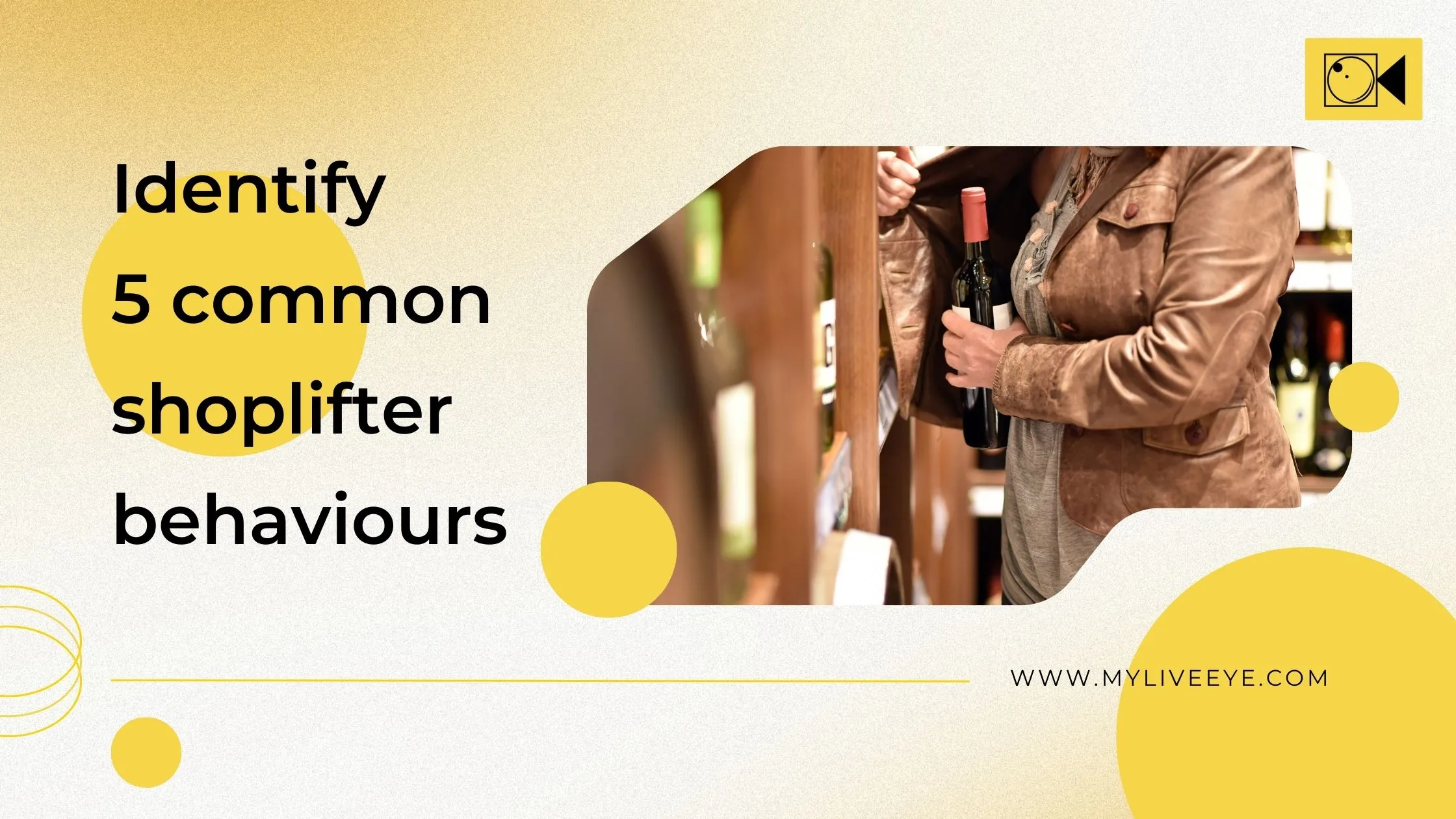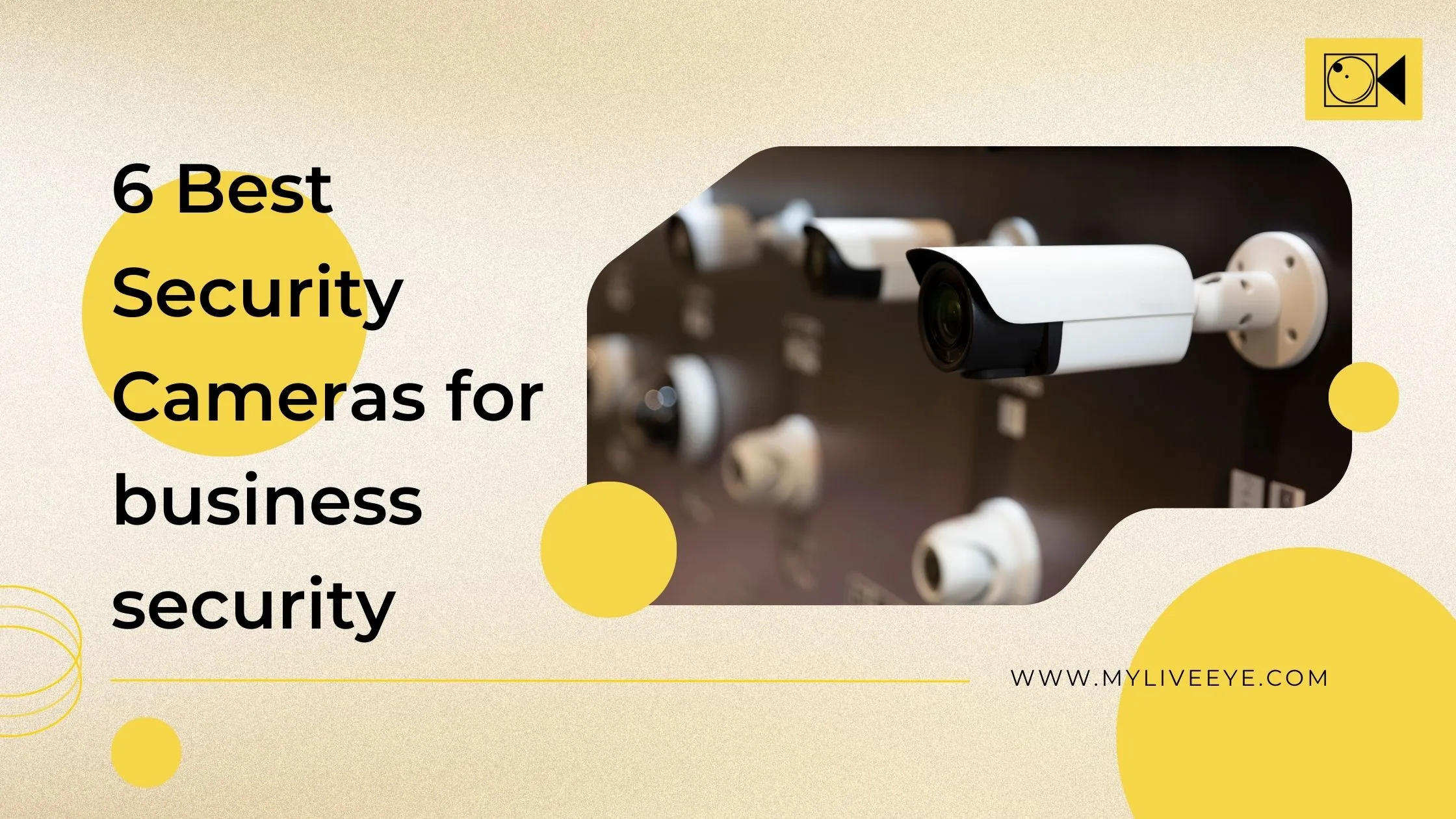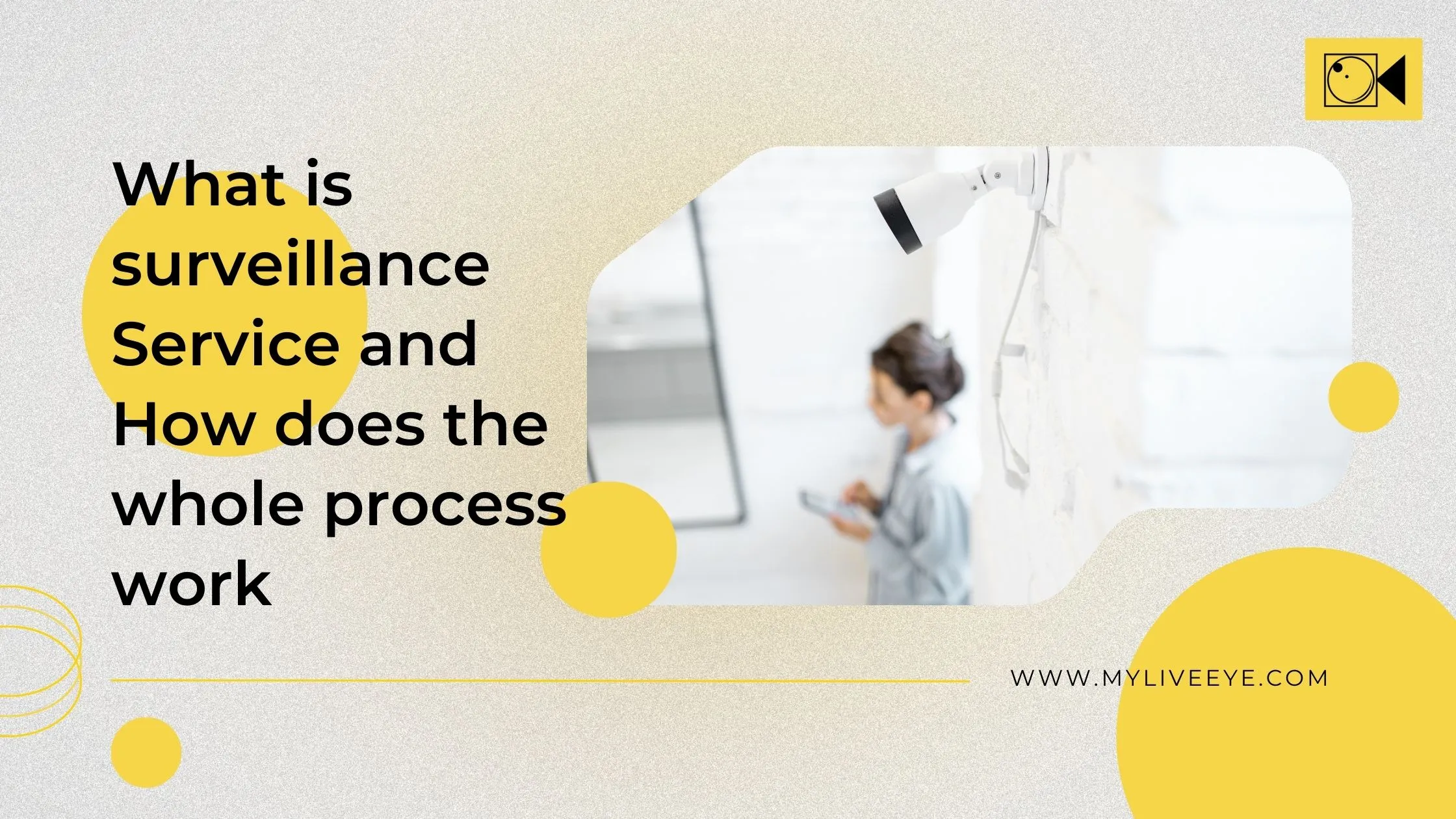
What is Surveillance Service and How Does the Whole Process Work?
In today's dynamic business landscape, security is no longer a luxury; it's a core necessity. Businesses, regardless of size or industry, face a constant struggle against theft, vandalism, and employee misconduct. While traditional security measures like security guards and alarms play a valuable role, they often fall short in a world where criminals are constantly evolving their tactics. This is where 24/7 real-time surveillance services step in, offering a comprehensive and proactive approach to business security.
What is Surveillance?
In the context of security, surveillance refers to the systematic monitoring of activities and behaviors to gather information and influence or manage situations. Modern surveillance services leverage various technological advancements, including:
- High-Definition Video Cameras: These cameras capture clear and detailed footage, even in low-light conditions, enabling accurate identification and monitoring.
- Night Vision Cameras: They ensure uninterrupted surveillance even during nighttime hours, providing a vital security layer.
- Electronic Sensors: These sensors can detect motion, sound, or even temperature changes, triggering alerts for potential security breaches.
- Data Analytics Software: This software analyzes video footage and sensor data, identifying patterns and anomalies that might indicate suspicious activity.
The Surveillance Service Process: From Installation to Intervention
Surveillance services follow a well-defined process that ensures comprehensive protection:
- Needs Assessment: A security professional will work with you to understand your specific needs and vulnerabilities, tailoring the surveillance system accordingly.
- System Design and Installation: The appropriate cameras, sensors, and other equipment are strategically placed throughout your property for optimal coverage.
- Real-Time Monitoring: Trained security personnel keep a watchful eye on live video feeds, allowing for immediate response to suspicious activity.
- Intervention and Prevention: Upon detecting a potential threat, security personnel can take appropriate action, which could involve contacting local authorities, activating alarms, or even using direct communication through speakers to deter criminals.
Beyond Deterrence: The Multifaceted Benefits of Surveillance Services
Surveillance services offer a multitude of benefits for businesses:
- Enhanced Deterrence: The visible presence of security cameras and the knowledge of real-time monitoring act as a strong deterrent to criminal activity.
- Improved Incident Response: Real-time monitoring allows for a swift and effective response to security breaches, minimizing potential damage and loss.
- Reduced Liabilities: Documented video footage serves as valuable evidence in case of theft, vandalism, or other incidents, potentially reducing legal and insurance liabilities.
- Employee Monitoring: Surveillance can deter employee misconduct and theft while also promoting a sense of accountability and safety in the workplace.
- Operational Optimization: By analyzing video footage, businesses can identify areas for improvement in operational efficiency, employee training, and loss prevention strategies.
The Evolving Landscape: AI and the Future of Surveillance
As technology continues to evolve, so too does the world of surveillance. Artificial intelligence (AI) is rapidly transforming the field, offering exciting possibilities for even more robust security solutions. Here's a glimpse into the future:
- AI-powered Threat Detection: AI algorithms can analyze video feeds in real-time, identifying suspicious activity with unmatched accuracy. This allows for proactive intervention before incidents escalate.
- Facial Recognition: AI can identify authorized personnel and flag unauthorized individuals entering restricted areas, adding an extra layer of access control.
- Predictive Analytics: AI can analyze historical data and identify patterns that might indicate future security risks. This allows businesses to take pre-emptive measures for enhanced security.
Navigating Privacy Concerns
The widespread use of surveillance raises legitimate concerns about privacy. Businesses deploying such systems must prioritize data security and adhere to all relevant privacy regulations. Transparency about the use of surveillance and data collection practices is crucial for building trust with employees and customers.
Choosing the Right Surveillance Service Provider
With numerous surveillance service providers available, selecting the right partner is essential. Here are some key factors to consider:
- Experience and Expertise: Look for a provider with a proven track record and a team of qualified security professionals.
- Customizable Solutions: Choose a provider who offers solutions tailored to your specific needs and budget.
- Technology Integration: Ensure the system integrates seamlessly with your existing security infrastructure.
- Data Security Measures: Prioritize providers who prioritize data security with robust encryption and user access controls.
In conclusion, 24/7 real-time surveillance services offer a powerful security solution for businesses. By leveraging a combination of advanced technology and human expertise, businesses can create a safer and more secure environment for their employees, assets, and operations. As AI and other technologies
People Also Ask:
Is surveillance legal?
The legality of surveillance services depends on your location and the specific application. Generally, businesses can install surveillance cameras on their own property, but there might be restrictions on recording audio or monitoring public spaces. It's always best to consult with a lawyer familiar with the laws in your area to ensure compliance.
Can I install a surveillance system myself?
While it's technically possible to install a basic surveillance system yourself, there are advantages to hiring a professional. Professional installers can ensure proper placement of cameras and sensors for optimal coverage, configure the system for remote access and real-time monitoring, and provide ongoing maintenance and support.
What are the different types of surveillance cameras?
There are various types of surveillance cameras available, each suited for specific purposes:
- Bullet Cameras: These weatherproof cameras offer a high degree of visibility and are ideal for outdoor use.
- Dome Cameras: Discreet and vandal-resistant, dome cameras are well-suited for indoor applications.
- PTZ Cameras (Pan-Tilt-Zoom): hese cameras offer remote control over their direction and zoom, allowing for comprehensive monitoring of large areas. 360-degree Cameras: These cameras capture a panoramic view, eliminating blind spots.
How much does a surveillance system cost?
The cost of a surveillance system can vary depending on several factors, including the number of cameras needed, the type of cameras chosen, storage options (cloud vs. local), and installation fees. Basic systems can start at a few hundred dollars, while more complex systems with advanced features can cost several thousand dollars.
What are the alternatives to surveillance cameras?
While surveillance cameras are a powerful security tool, there are alternative security measures that can be considered:
- Security Guards: Having a physical security presence can deter crime and provide immediate response.
- Alarm Systems: Audible alarms can deter criminals and alert authorities in case of a break-in.
- Access Control Systems: These systems restrict entry to authorized personnel only. Security Lighting: Well-lit areas are less attractive to criminals.
By combining these methods with a well-designed surveillance system, businesses can create a multi-layered security approach for optimal protection.
Also read: Live Surveillance and It's Impact on Customer Loyalty

